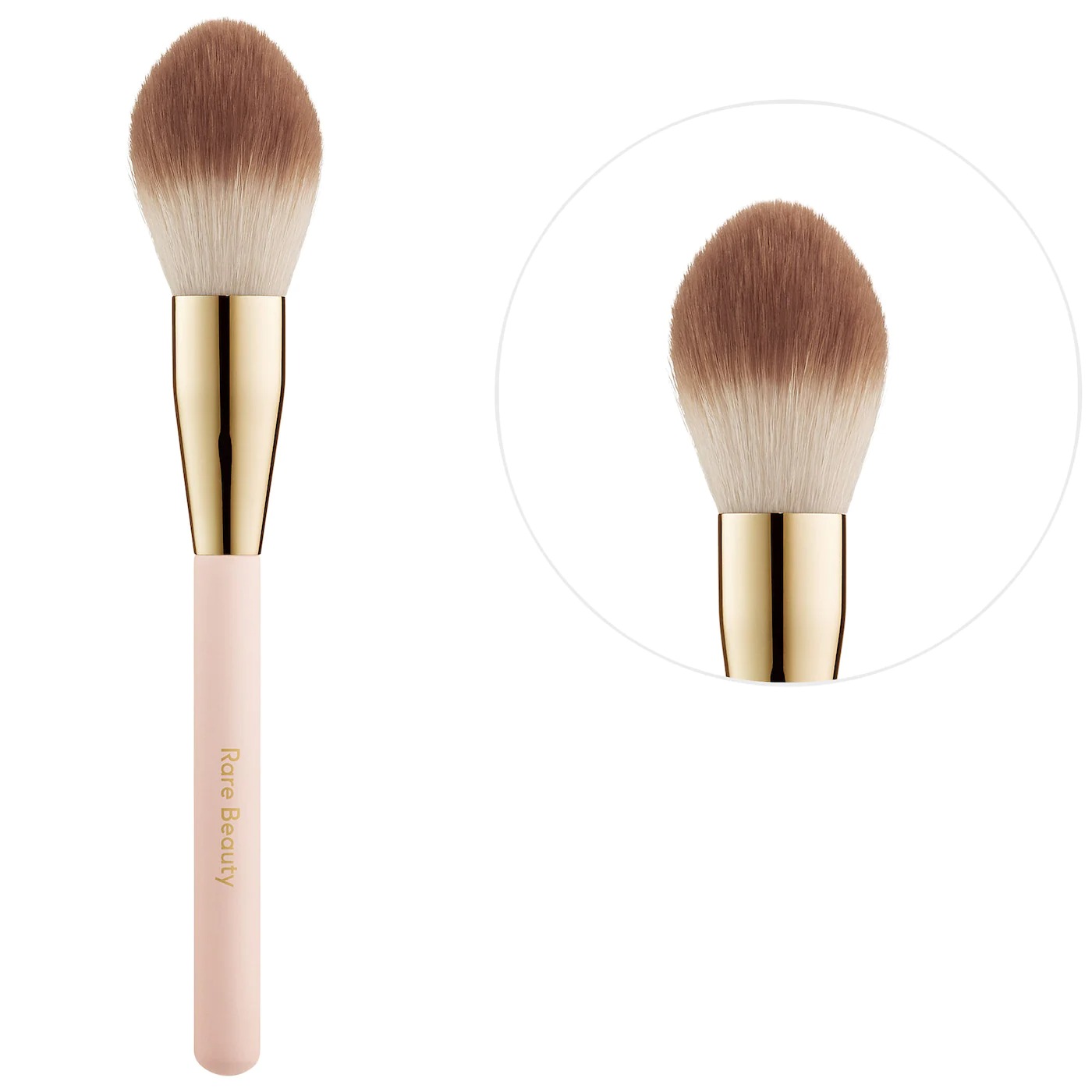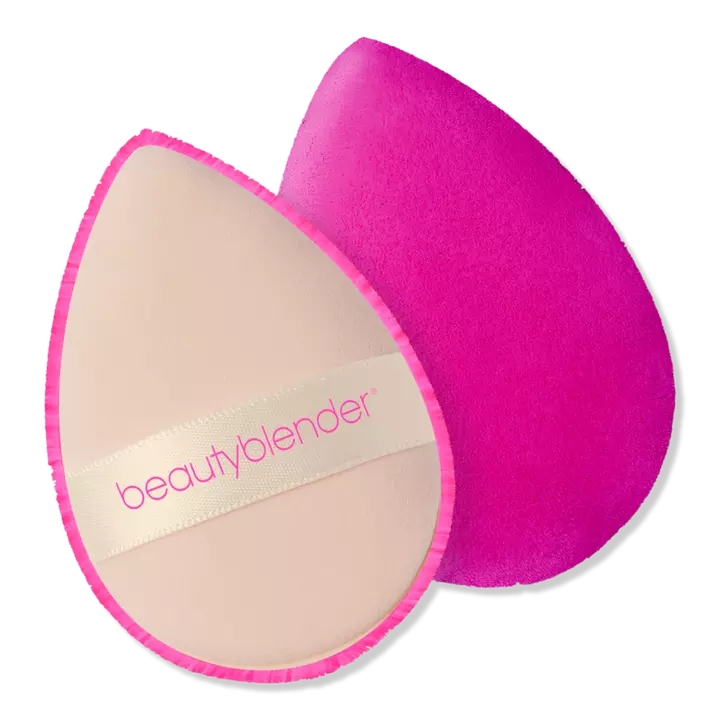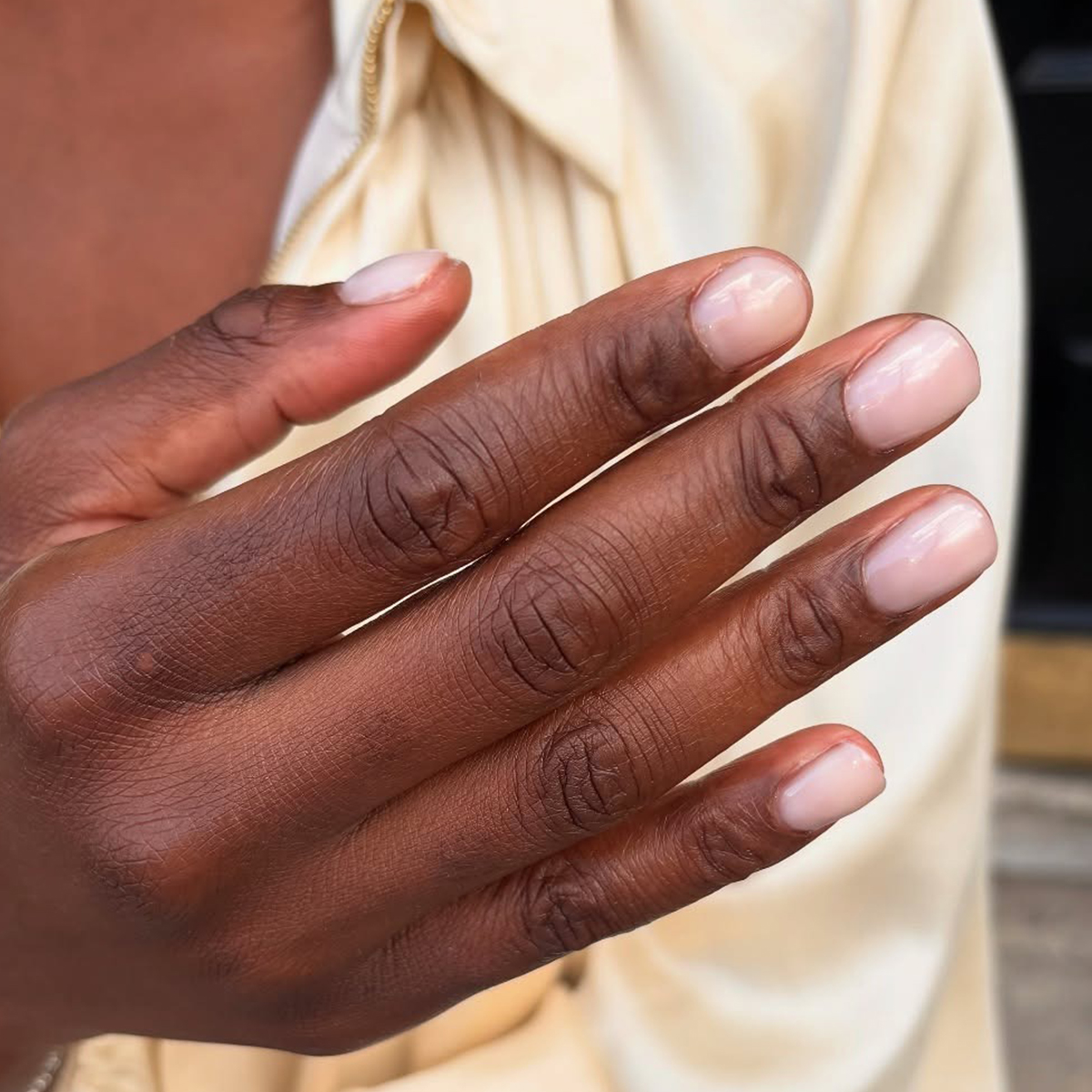"Soft Matte" Makeup Is Trending for 2025—These 17 Setting Powders Are the Portal to Success
- Best Setting Powders for Oily Skin
- Best Setting Powders for Dry Skin
- Best Setting Powders for Combination Skin
- Best Setting Powders for Deep Skin Tones
- What Is a Setting Powder?
- How to Choose a Setting Powder
- How to Apply
- Is pressed setting powder or loose setting powder better?
- Translucent Powder vs. Setting Powder
- Is setting powder or mist better?
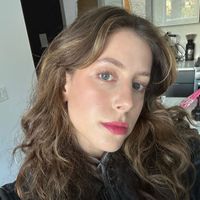
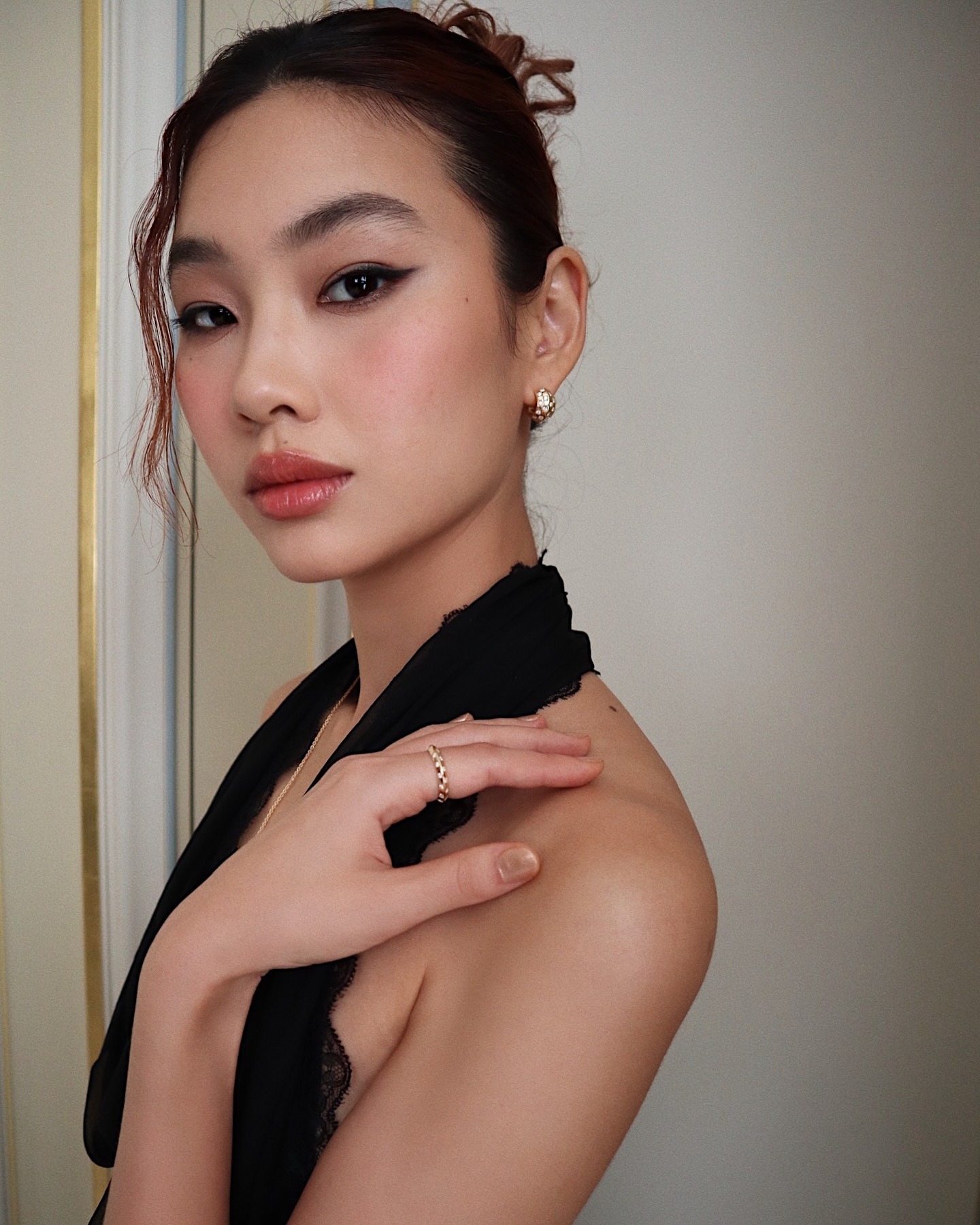
We can't pinpoint the exact moment it happened, but somehow ultra-dewy skin has made way for a soft matte finish. Don't just take our word for it—top makeup artists predict less of a glowy emphasis in 2025. "Still radiant, but more polished with more coverage," celebrity makeup artist Nikki DeRoest, co-founder of Ciele Cosmetics, shared with Who What Wear. Think pillowy clouds over glazed doughnuts.
Alas, nailing the soft-matte look can be tricky. It requires the right balance of hydrating and oil-absorbing magic, lest you topple into cakey territory. To avoid tipping the scales, makeup artists say setting powder—a really good setting powder, that is—will be your best bet. "I think we will see powder re-emerge as a makeup bag staple," adds celebrity makeup artist Kirin Bhatty. "This means that dewy skin will be balanced with a matte T-zone."
Here, we've rounded up the best setting powders for every skin type, plus expert tips to use each one to your advantage. Your journey to mastering "soft matte" starts here!
The 17 Best Setting Powders of 2025, Listed
Best for Oily Skin
- Make Up For Ever HD Skin Shine-Controlling & Blurring Setting Powder
- Laura Mercier Translucent Setting Powder
- Too Faced Born This Way Ethereal Setting Powder
- Polite Society More Than a Pretty Powder Skin-Caring Loose Setting Powder
Best for Dry Skin
- Tower 28 Beauty Getset Blur + Set Talc-Free Pressed Setting Powder
- Hourglass Veil Translucent Setting Powder
- Kosas Cloud Set Brightening Powder
- Saie Beauty Airset Radiant Loose Setting Powder
- Haus Labs Bio-Blurring Talc-Free Loose Setting Powder
Best for Combination Skin
- Makeup by Mario SurrealSkin Talc-Free Soft Blur Setting Powder
- Huda Beauty Easy Bake Loose Baking & Setting Powder
- Charlotte Tilbury Airbrush Flawless Finish Setting Powder
- Ilia Soft Focus Finishing Powder
Best for Deep Skin Tones
- Fenty Beauty Pro Filt'r Instant Retouch Setting Powder
- Juvia's Place I Am Magic Loose Setting Powder
- Givenchy Prisme Libre Loose Setting and Finishing Powder
- Sigma Beauty Soft Focus Setting Powder
Best Setting Powders for Oily Skin
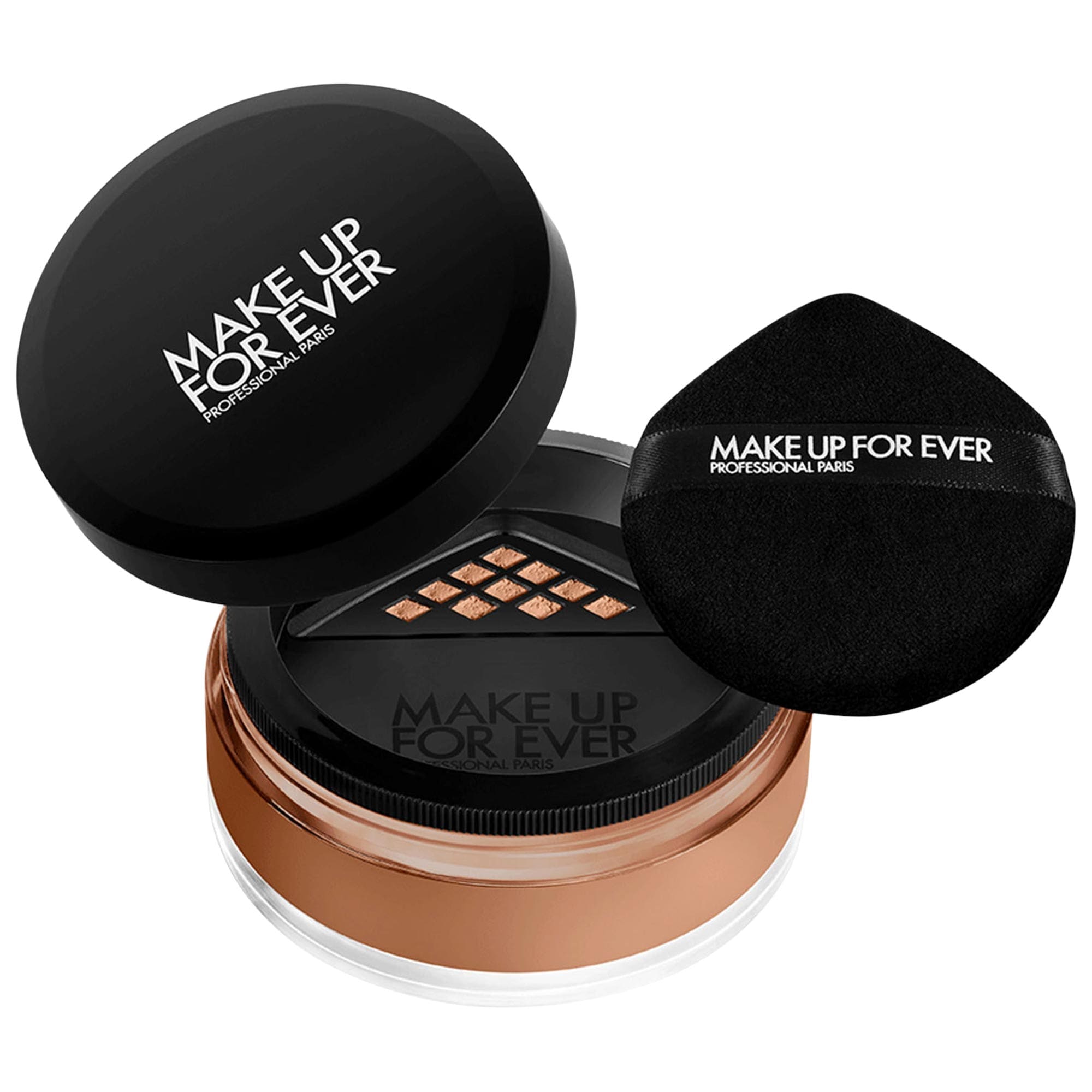
"For oily skin, try the Make Up for Ever Ultra HD Matte Setting Powder. It keeps skin flawless and shine-free all day." — Celebrity makeup artist Sara Talias
Pros: Extends makeup wear for up to 24 hours, provides a matte finish, blurs the appearance of pores and blemishes, and is smudge-proof and waterproof
Cons: May not be suitable for skin that's oily on the surface but dry underneath (dehydrated)
Customer Review: "I have skin on the oily side, and this helps to keep the shine down and makeup in place. Hard to believe it took me so long to find this, but I really love it. Also, [I] like that there is no scent. I am fair/medium Asian skin, and the banana works well for me."
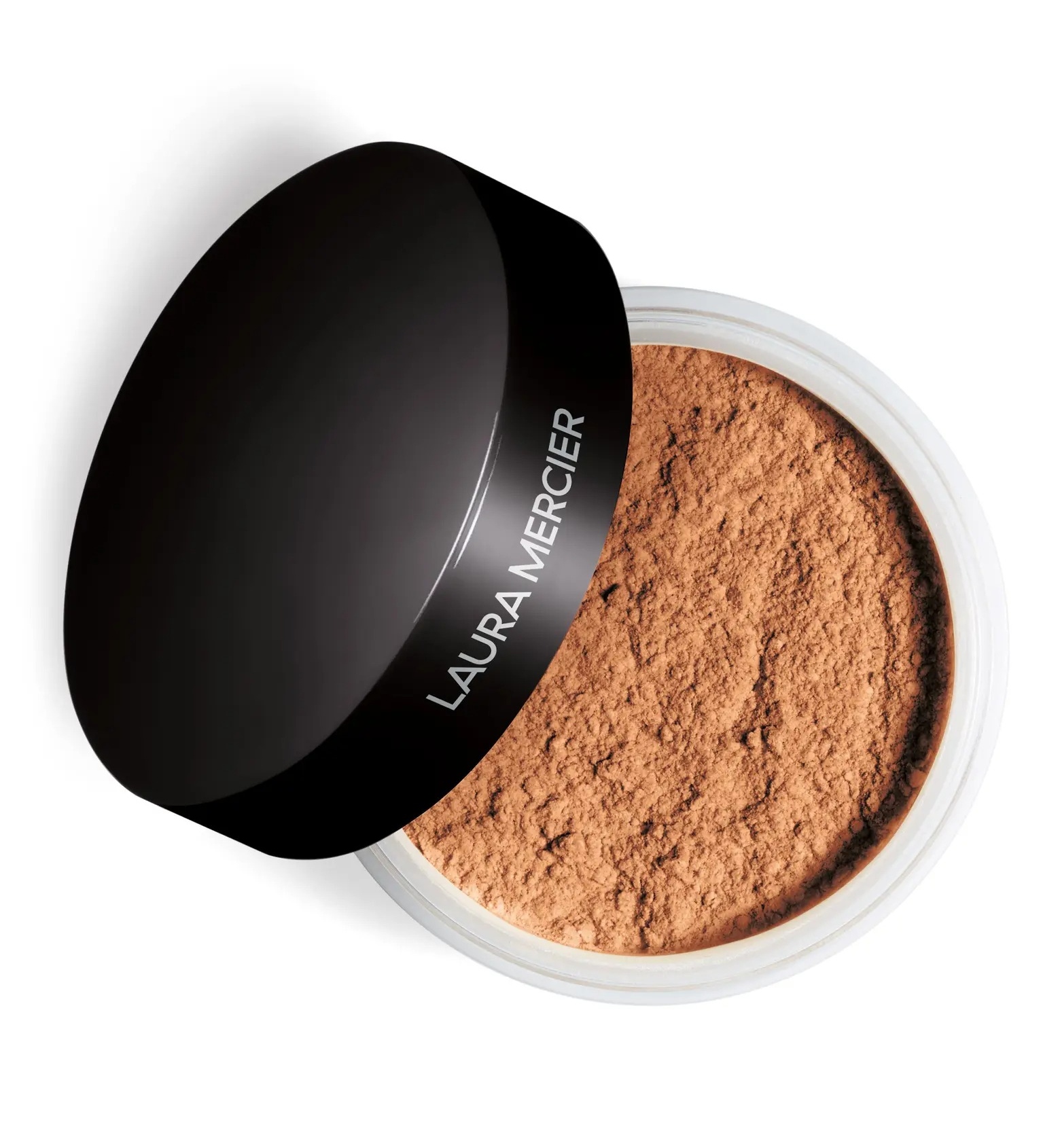
"One of my favorite translucent setting powders for light to medium skin would be Laura Mercier's translucent powder. It's a cult classic for a reason and has been a part of my personal and professional kit for over 17 years." — Celebrity makeup artist Judi Gabbay
Pros: Oil-free, provides a matte finish, gives a soft-focus effect on the skin
Cons: Contains talc
Customer Review: "I have used multiple products in my 48 years of trying to be a stand-out in-the-crowd kind of girl. Laura Mercier powder is not just the only loose powder I will ever use, but the whole line is fresh and a complete success, in my opinion."
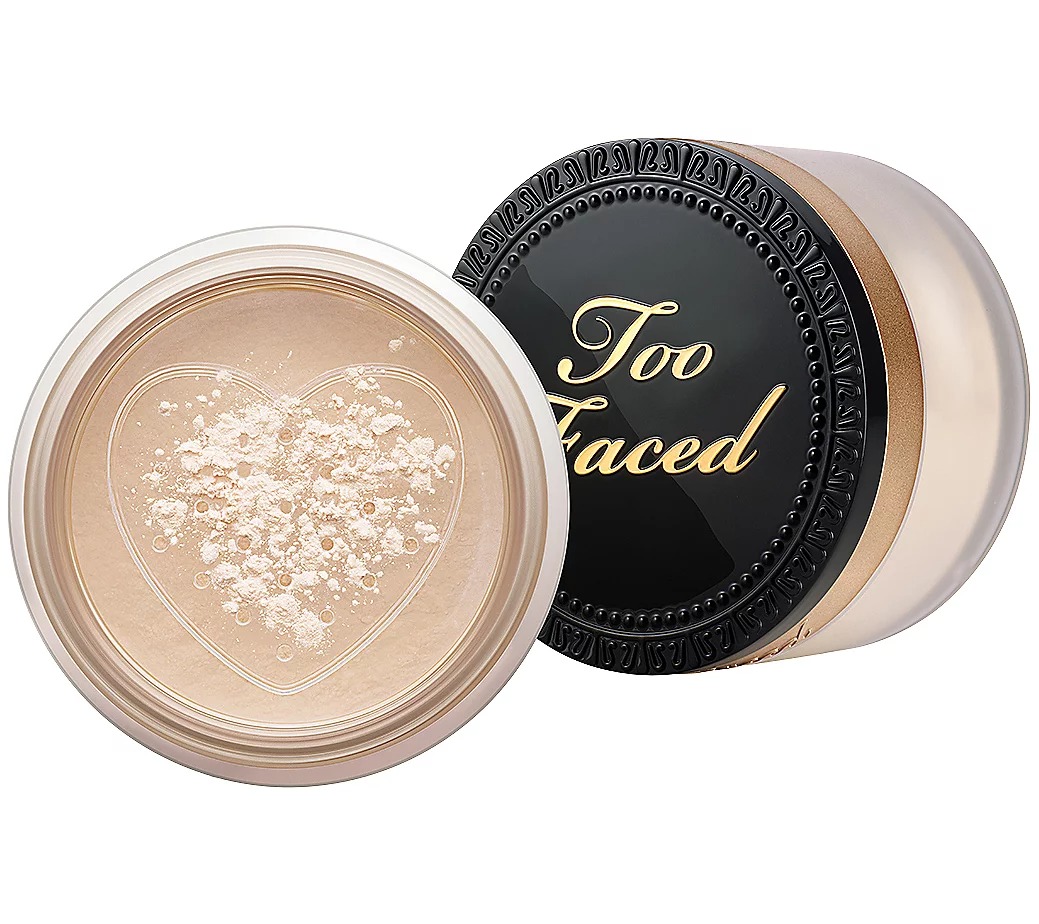
This oil-absorbing powder from Too Faced blends effortlessly, contains hyaluronic acid for extra hydration, and leaves a lightweight, silky finish on the skin.
Pros: Oil-absorbing, adds luminosity to the skin, and contains hyaluronic acid for extra lightweight hydration
Cons: May leave a slight white cast at times
Customer Review: "A lot of setting powders give you a cakey finish—this is not one of them. It's a great neutral powder that smooths out your pores and gives you an amazing look."
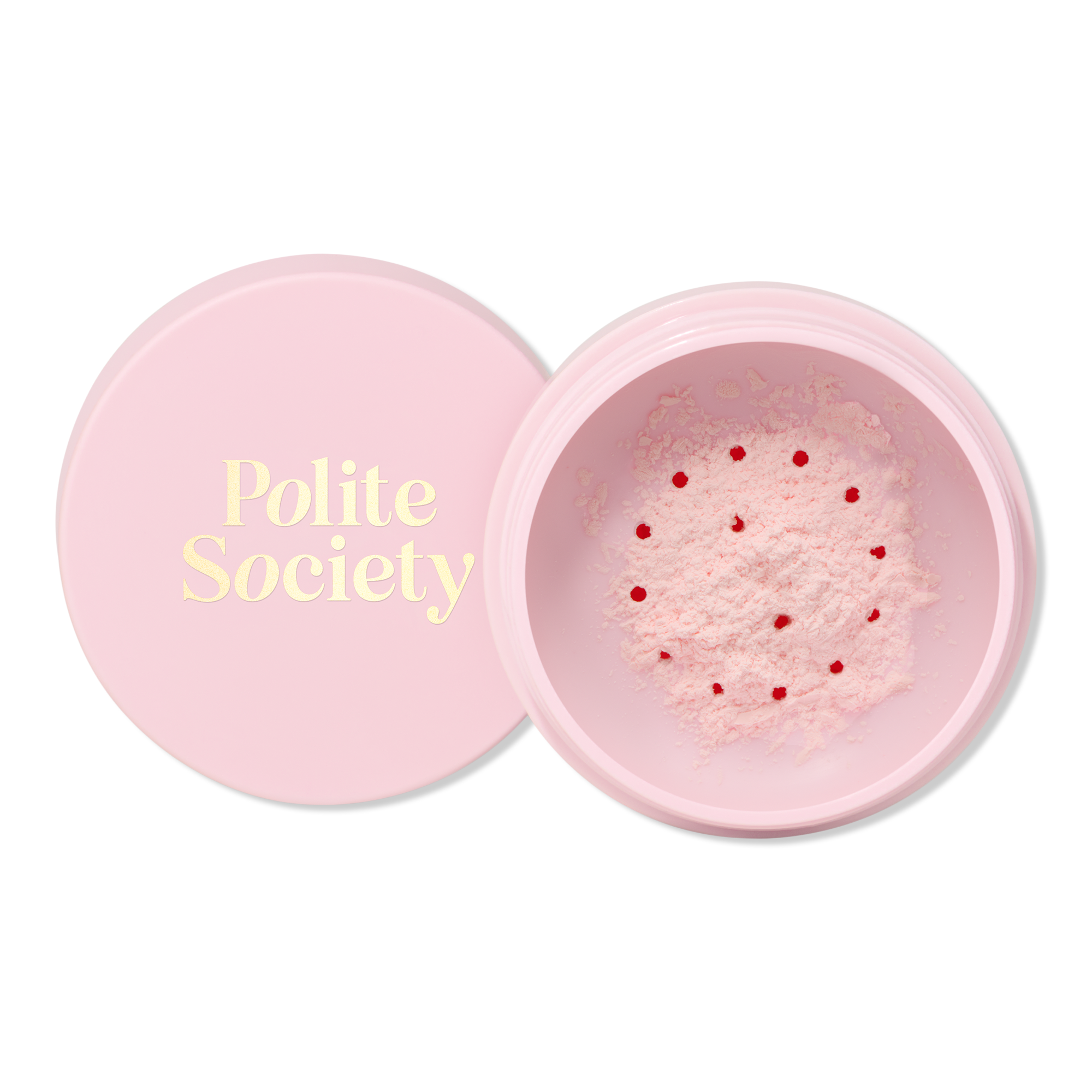
This formula from Polite Society is talc-free, weightless, and blurring and controls excess oil production. It's a great option for oilier skin.
Pros: Fragrance-free, talc-free, weightless, blurs out blemishes, controls excess oil production
Cons: May be too drying for certain skin types
Customer Review: "This is hands down my favorite setting powder!!! I have oily skin with large pores and have tried several other high-end setting powders meant for oily skin or normal skin. This one is very fine, keeps me matte for a few hours, and looks really pretty even when I do get a little oily. I absolutely love it and will keep repurchasing! Bonus points because it's talc free, paraben free, and silicone free! I also feel like it's a fair price for the amount given. Lovely!!"

Best Setting Powders for Dry Skin
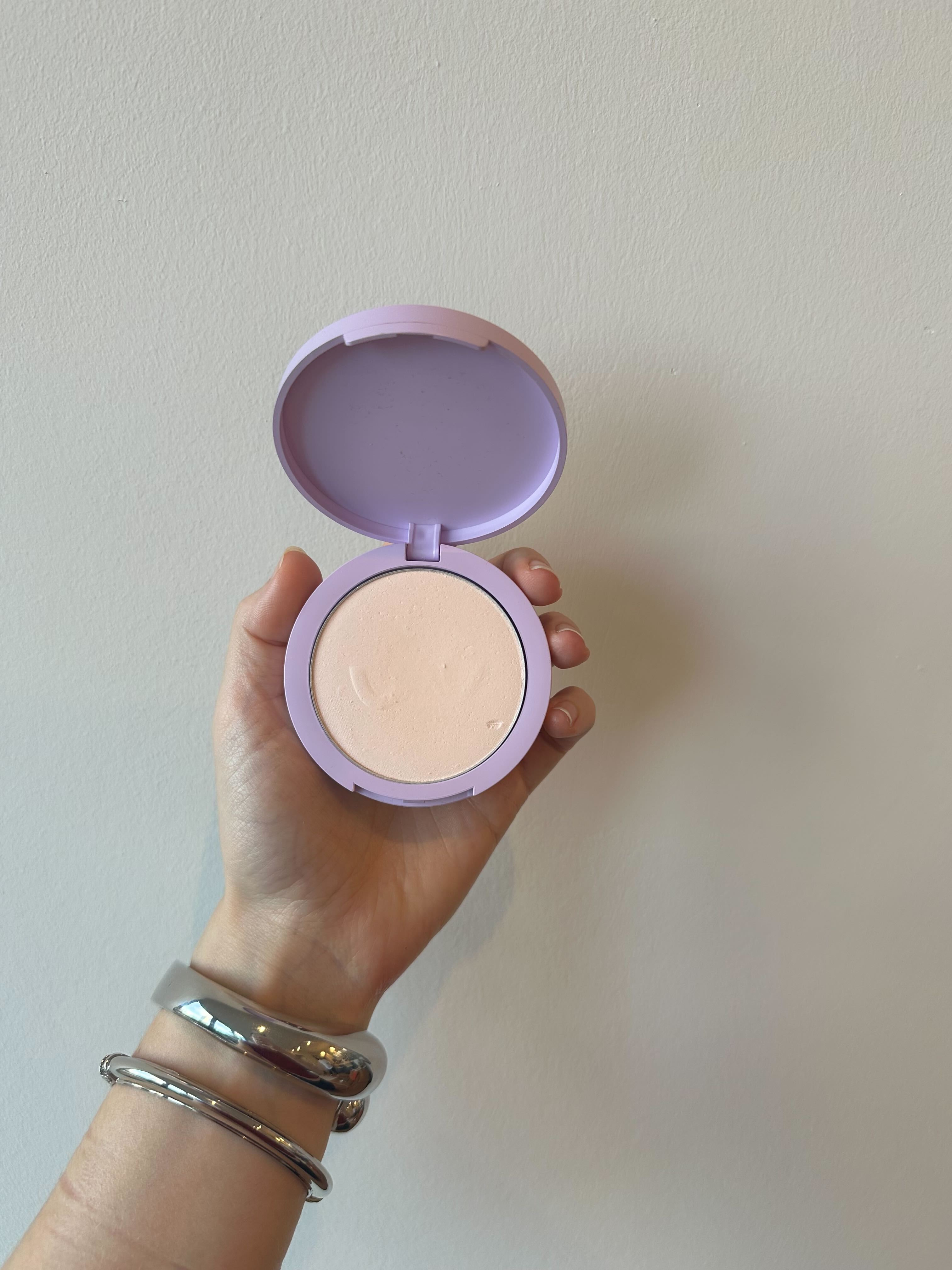
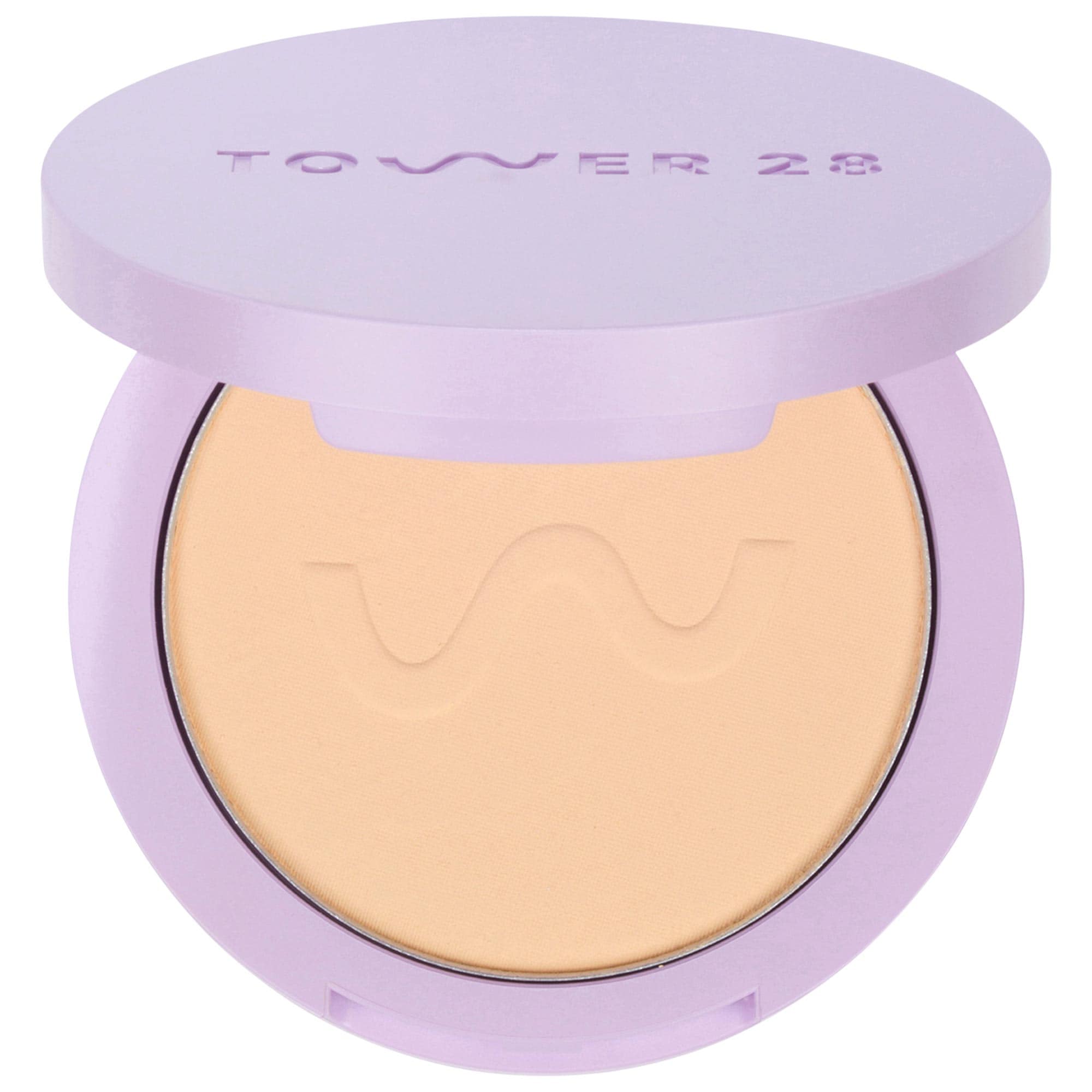
"How is it that a setting powder actually makes my skin glow in all the right places? This talc-free number from Tower 28 smooths uneven texture and blurs pores without leaving behind a cakey residue," says Who What Wear senior beauty editor Jamie Schneider. "I'm also obsessed with the adorable triangle puff; the tiny tip makes it easy to cover up precise areas, like my under-eyes and the corners of my nose."
Pros: A very thin powder that feels like nothing on the skin at at all, doesn't accentuate skin texture
Cons: Not a ton of shade options
Customer Review: "Okay, I’ve tried many setting powders and this one by far is the BEST for dry skin. I went to an amusement park for 9+ hours, went on water rides, screamed all day, and it still looked so good with no touch ups. It didn’t feel cakey at all!"
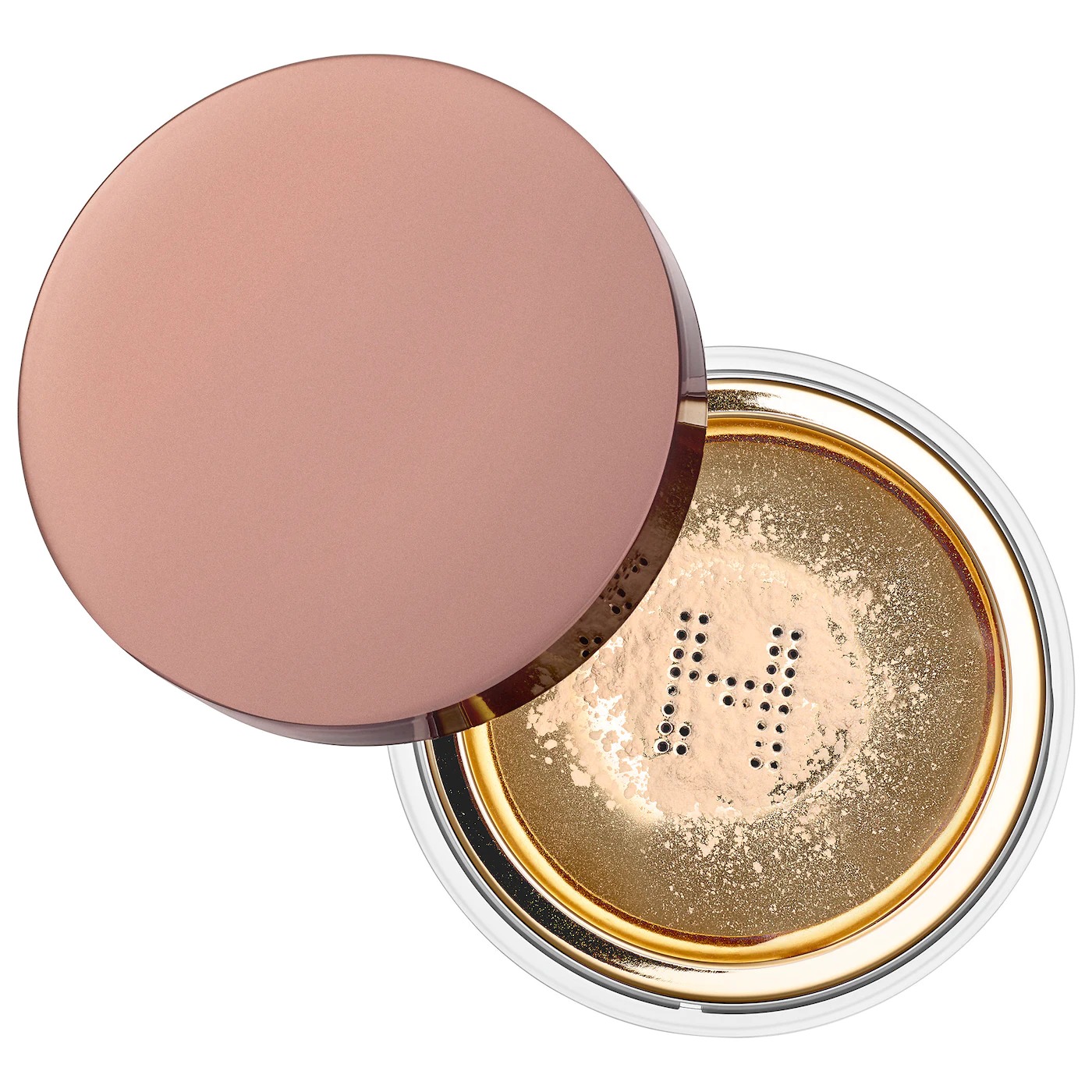
"The Hourglass Veil Translucent powder is an amazing powder for dry skin because it is so light and maintains a dewy finish." — Talias
Pros: Talc-free, ultra-refined, gives skin a naturally flawless and dewy finish.
Cons: Expensive.
Customer Review: "I received this Veil Translucent Setting Powder gifted by Hourglass. This powder is gorgeous! It is so fine and just melts into the skin. It gives a beautiful blurred effect without looking cakey! It's hard to find a good powder, but this one is great."
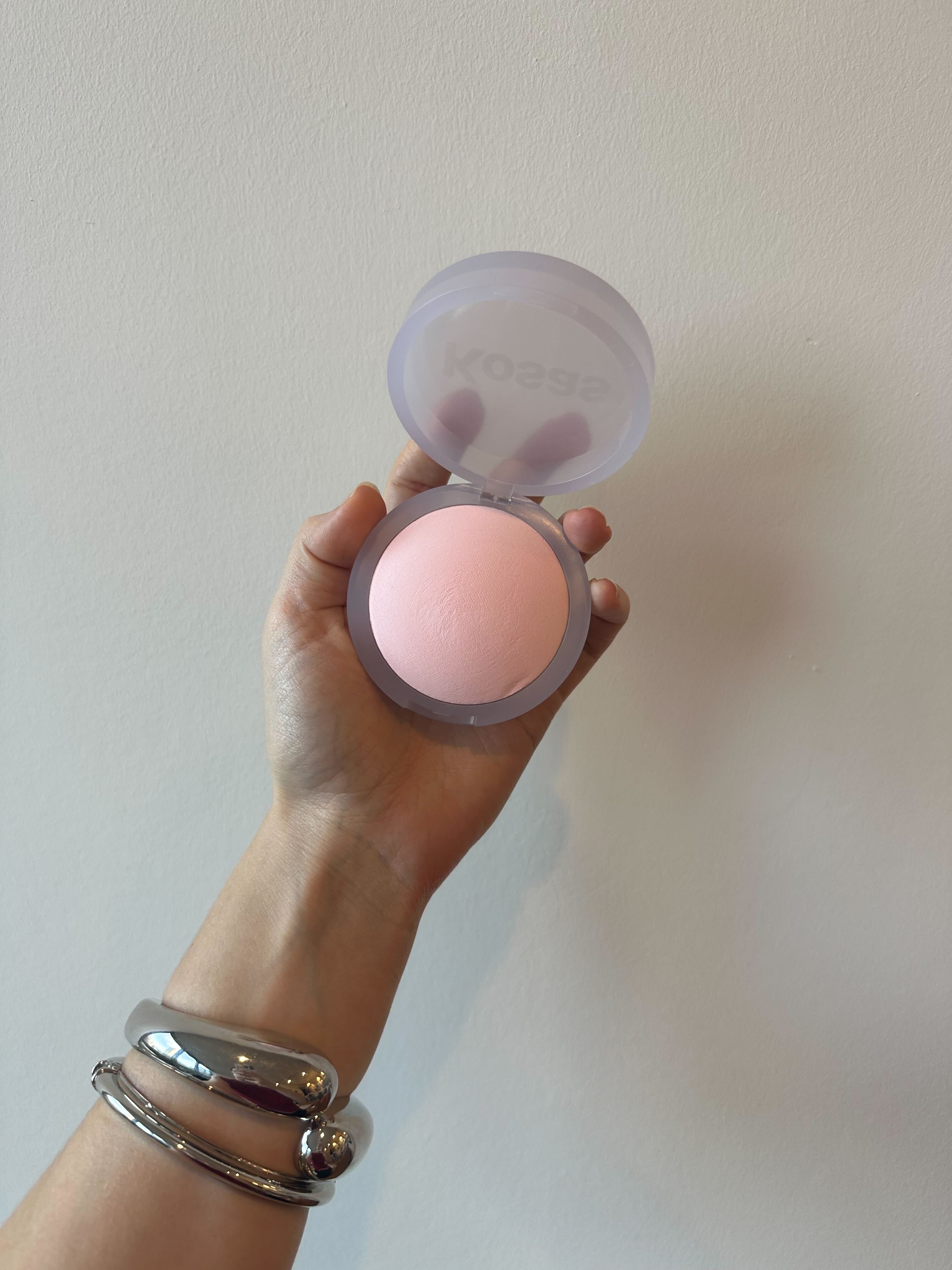
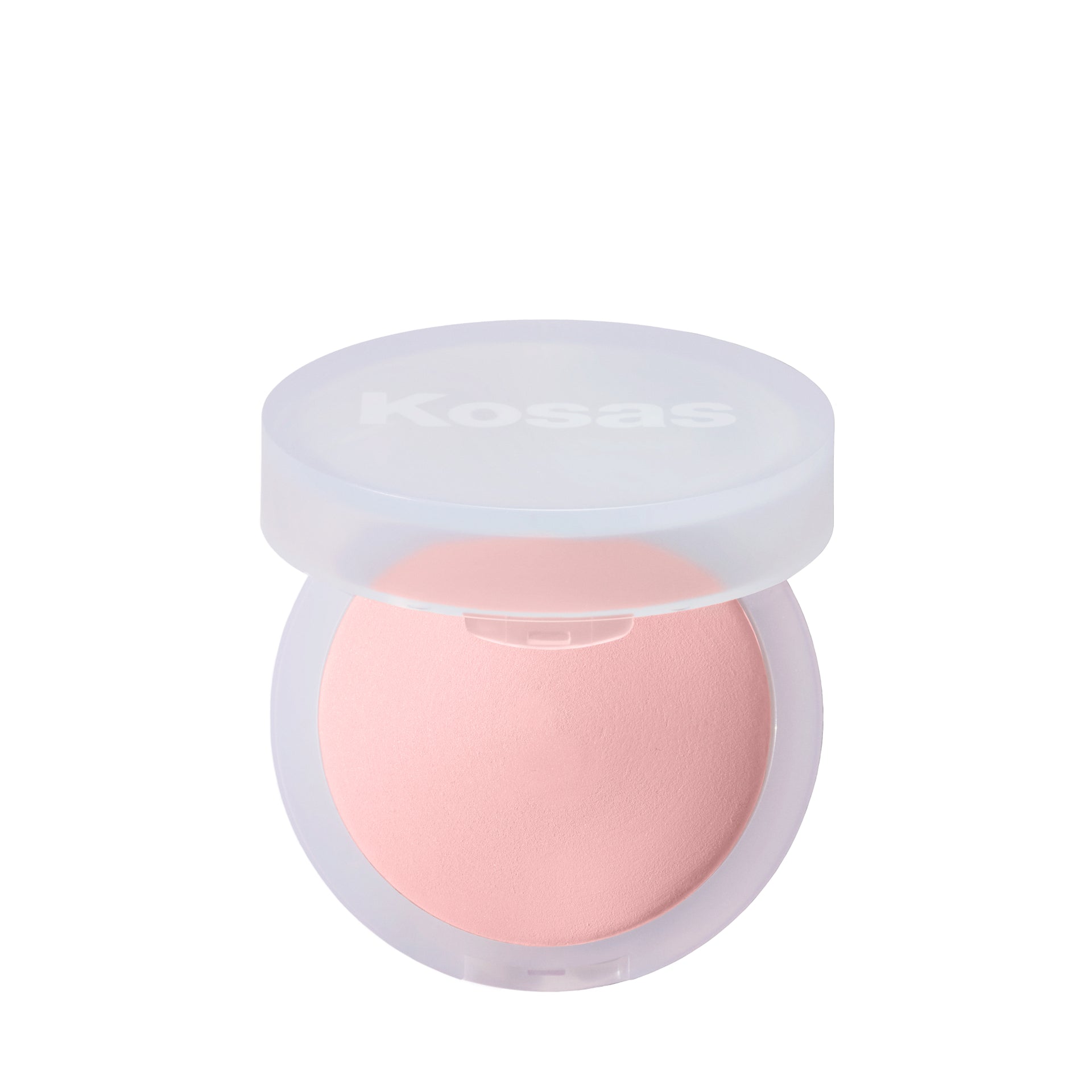
This setting powder glides on like velvet and sinks effortlessly into the skin. It comes in 13 stunning shades, but if you deal with blue-toned under-eye shadows, you'll definitely want to snag the pink version for brightening up the under-eyes. It's a total game changer!
Pros: Lightweight and doesn't ever look cakey
Cons: Very sheer, so not the best option if you're looking for extra coverage
Customer Review: "Sooo good! I have oily skin and this powder set my makeup well and lasted for a long time. The pink is amazing and brightens beautifully. I love the texture—very smooth and velvety on the skin!"
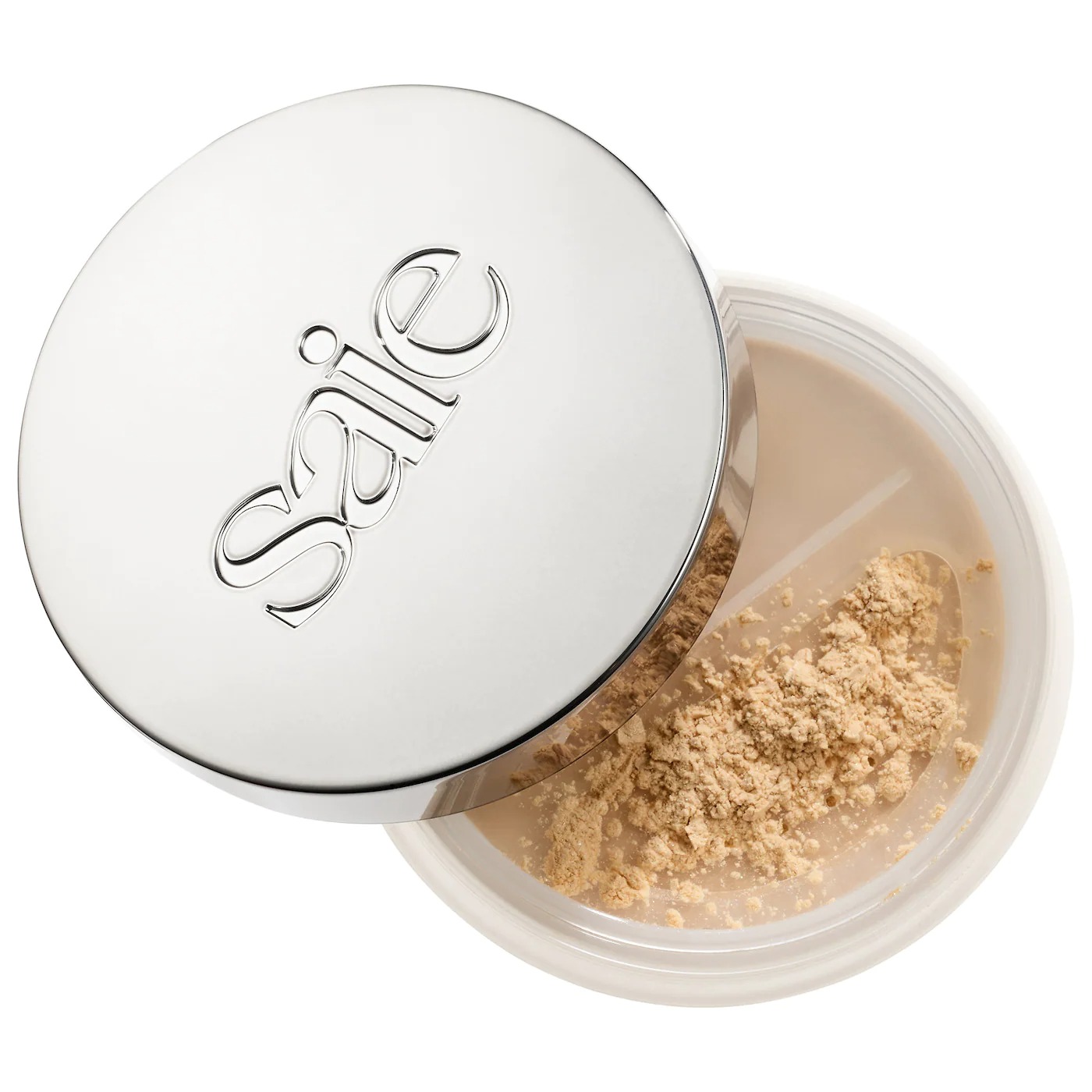
Saie Beauty's Airset Loose Setting Powder contains squalane, an ultra-hydrating ingredient that helps lock moisture into the skin and plumps it up for a healthier appearance. Drier skin types will love it.
Pros: Made with a unique air-cream technology that sets, smooths, and diffuses for a radiant finish, squalane provides extra hydration to the skin.
Cons: Finish may be too radiant for some.
Customer Review: "This is the most lightweight, flawless setting powder I've ever used! It's probably the most natural skin-like powder that provides a beautiful filter-ish semi-glow that I've ever used! I hope they don't ever reformulate it and [ruin] it."
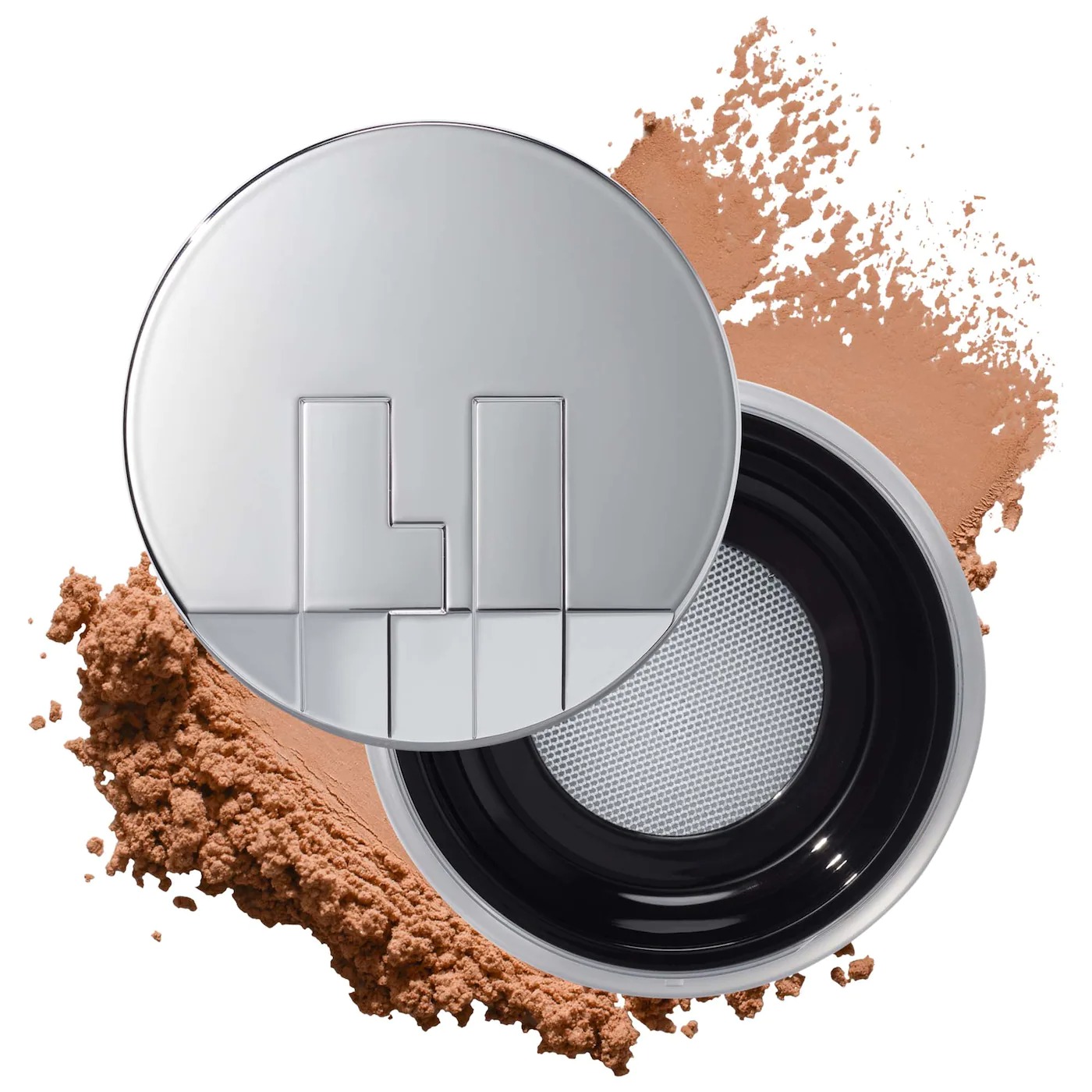
Infused with fermented arnica, squalane, and tourmaline, this makeup-skincare hybrid works great for skin prone to dryness or irritation.
Pros: Great for finishing touches or a "no-makeup" look
Cons: Doesn't provide much extra coverage, if that's what you're looking for
Customer Review: "Haus Labs Setting Powder has been an excellent addition to my makeup routine. It’s perfect for beginners who want a reliable product that’s easy to use and delivers great results. If you’re new to makeup and looking for a setting powder that won’t let you down, this one is definitely worth trying!"
Best Setting Powders for Combination Skin
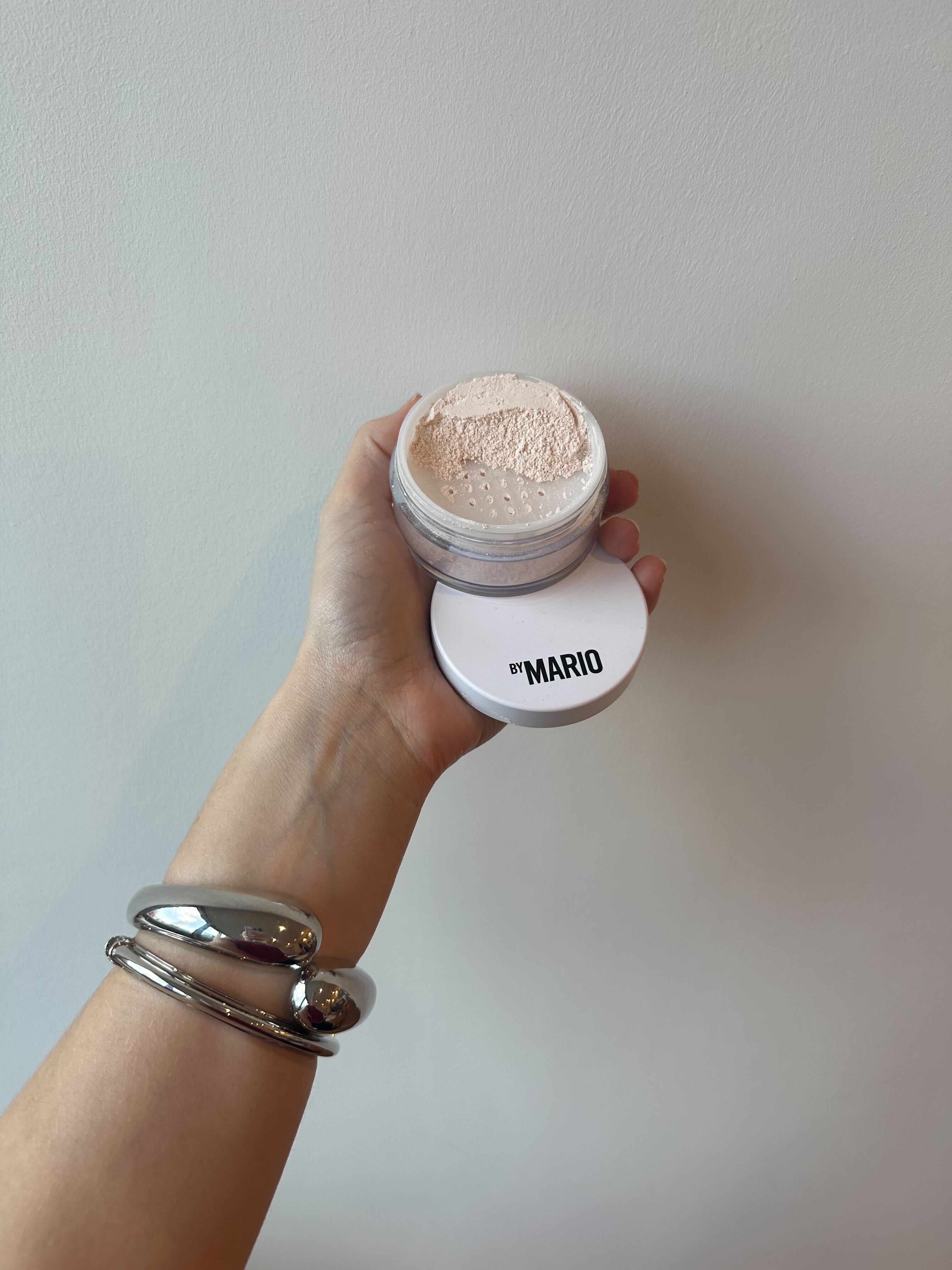
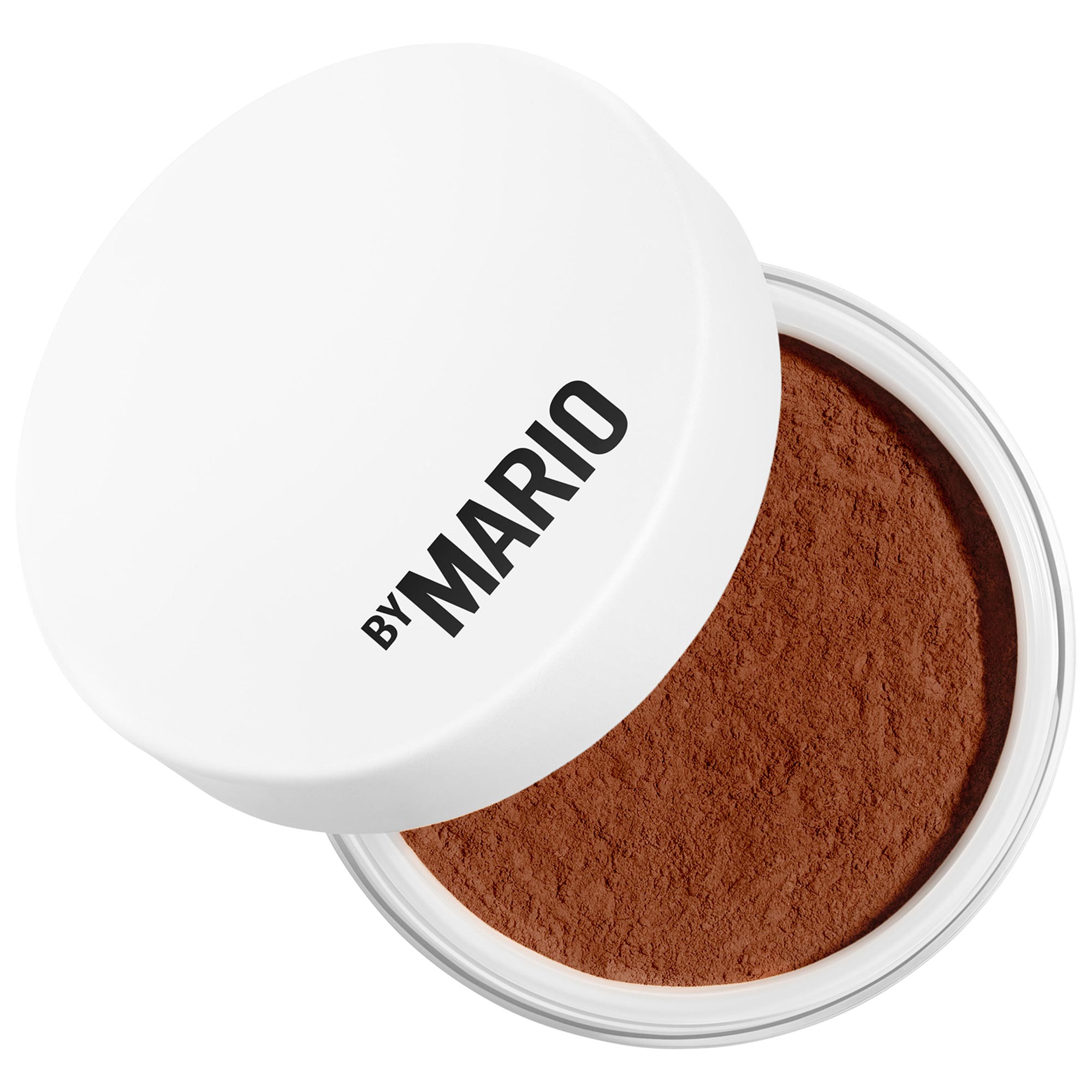
Of course, celebrity makeup artist Mario Dedivanovic would offer one of the best loose setting powders in the game. With seven gorgeous shades, the finely milled formula helps control shine and make the skin look pillow-soft. I especially love how buildable it is; you can easily customize how matte you want your makeup to wind up.
Pros: Easy to control the level of shine
Cons: Not the best for on-the-go touch-ups
Customer Review: "BEST SETTING POWDER!! Mario knows what he’s doing and he kills it every time with every product! Not only is this powder lightweight but it leaves a seamless blurry effect under the eye. I also use this to set my face and it just looks like my skin. Extremely impressed and will continue to buy this!"
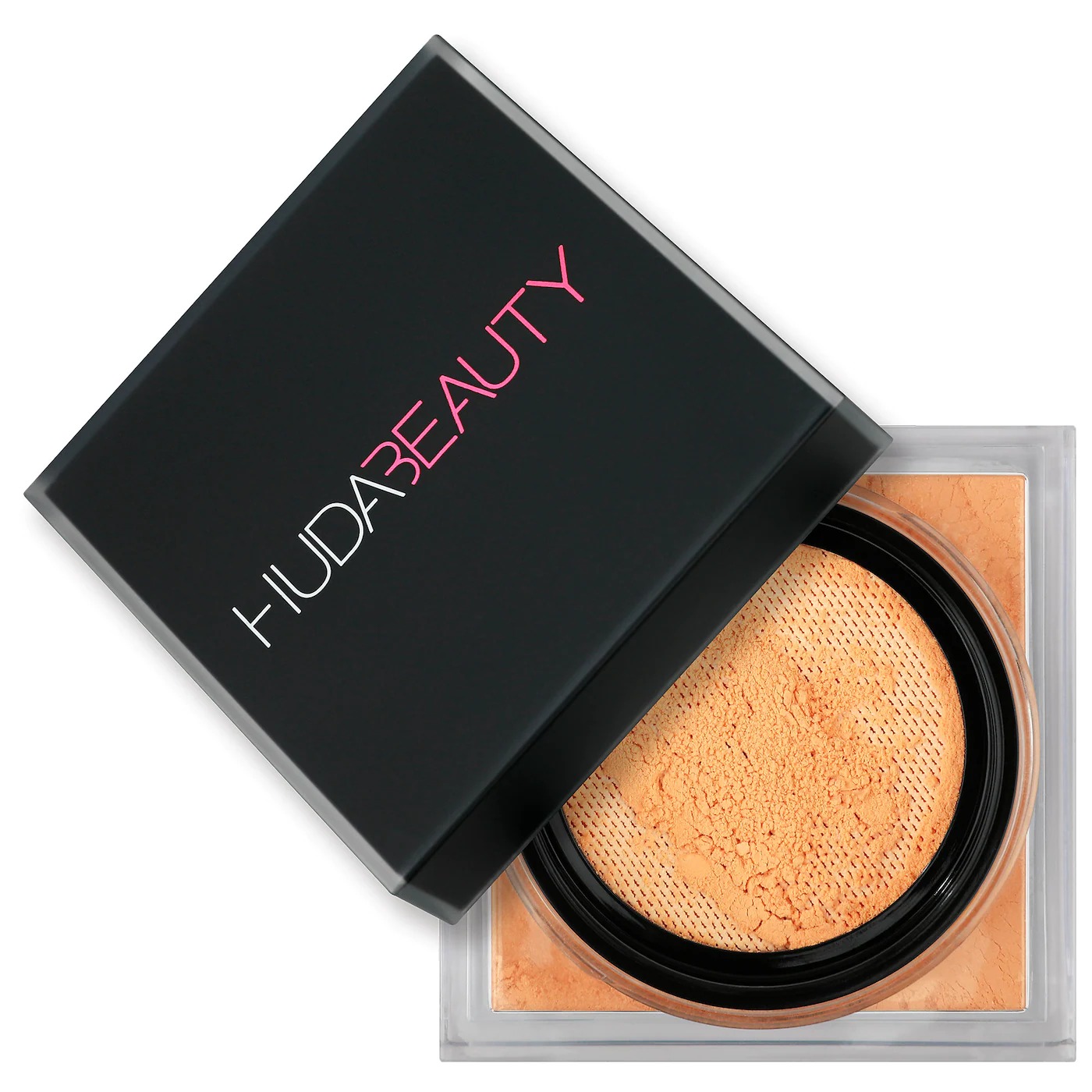
Celebrity makeup artist Allison Kaye loves this setting powder from Huda Beauty because it has a light, silky texture perfect for combination skin types. It creates an airbrushed finish that blurs out pores and fine lines and blends seamlessly into the skin.
Pros: Blurs the appearance of fine lines and pores, holds makeup in place all day, while the light and silky texture blends seamlessly into the skin
Cons: Can look a bit dry without proper hydration underneath
Customer Review: "This is amazing! I've repurchased Easy Bake for years now. It's my favorite setting and baking powder. This pink color is the literal cherry on top because it does all the wonderful blurring and smoothing, plus the pink is extra brightening on my under eye [area]. The pink looks bright in the container, but it's just the right tone to offset dark circles on my very fair skin. Highly recommend this!"
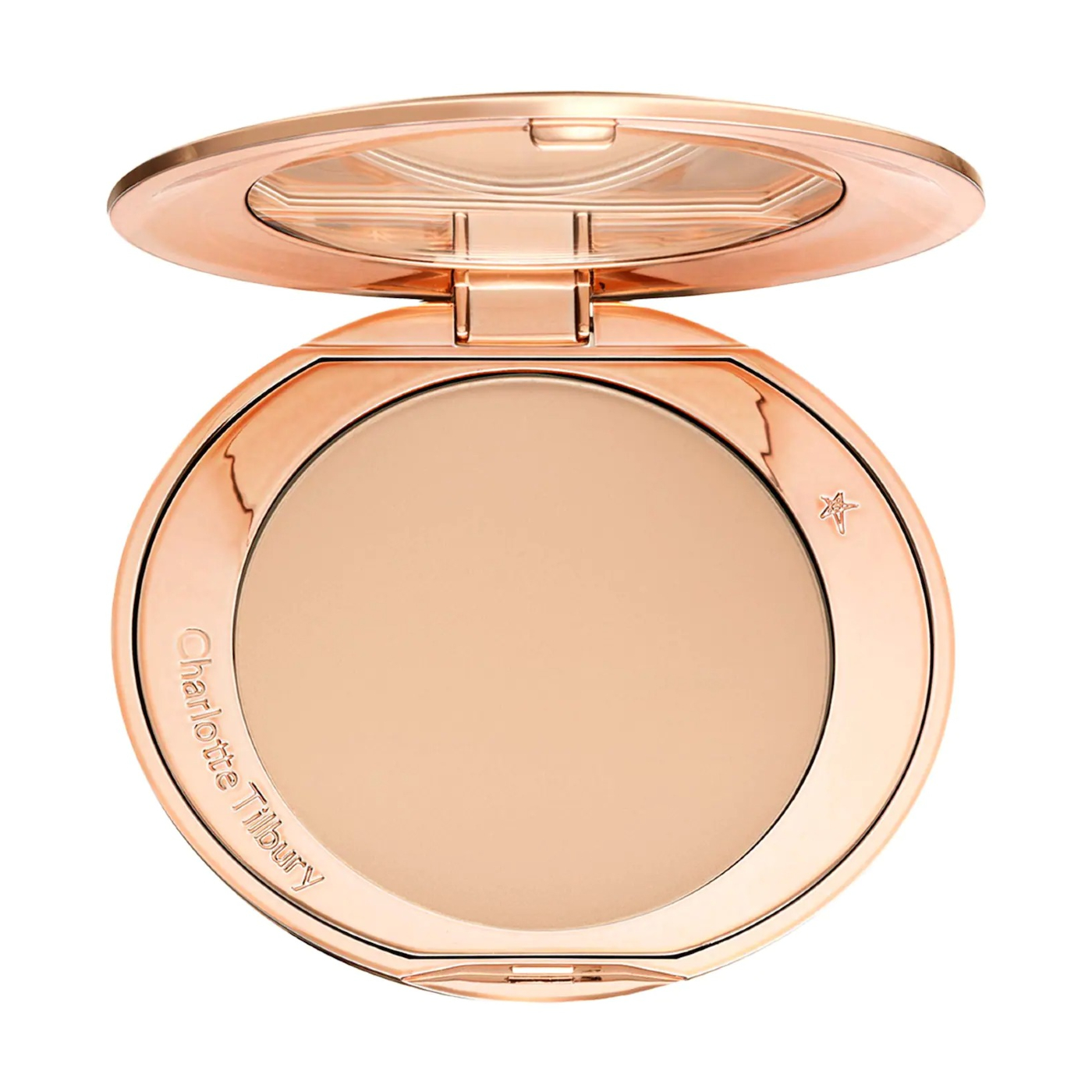
Kaye loves this Charlotte Tilbury setting powder because it reduces shine and contains nourishing ingredients like rose wax and almond oil to hydrate the skin, leaving it more balanced. It also has light-reflecting pearls that diffuse the light as it hits your face to really illuminate your complexion.
Pros: Contains rose wax and almond oil to nourish and moisturize skin, and light-reflecting pearls diffuse light and illuminate the complexion.
Cons: Expensive.
Customer Review: "I ALWAYS get compliments on my skin when I use this setting powder. I've even used it over sunblock to blur my T-Zone, and it blends so beautifully onto your skin. I've been using it for three years now, and I'm still obsessed with it."
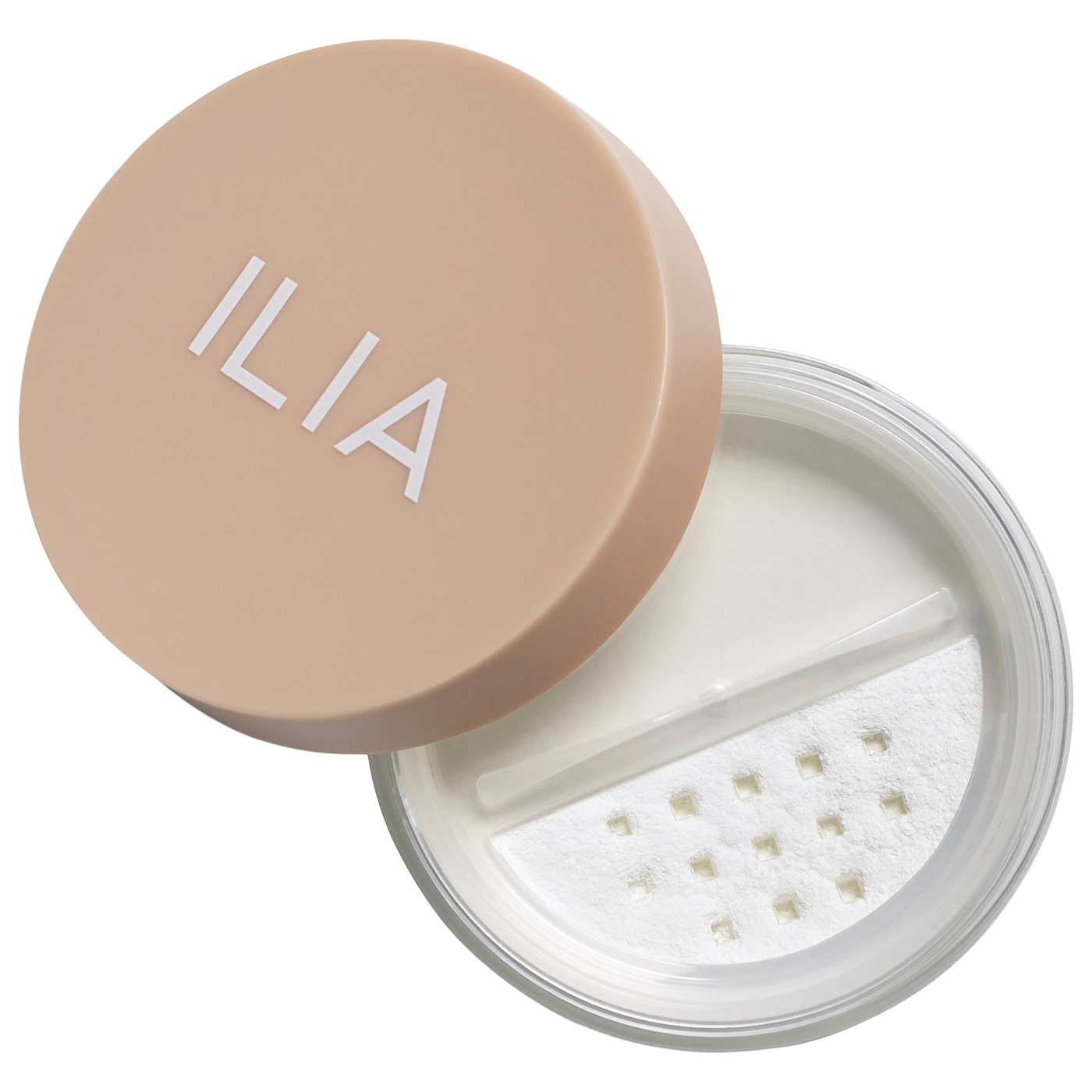
Ilia's setting powder is another great option for combination skin, as it's infused with soothing and hydrating aloe along with bamboo to balance oil production and rosemary leaf to soothe any redness or irritation
Pros: Talc-free, aloe keeps skin soft and hydrated, bamboo balances oil production in the skin, rosemary leaf soothes irritation.
Cons: Leaves a bit of a white cast and may not work as well for darker skin tones
Customer Review: "I have neutral undertones and fair-light skin, so a powder with even a slight tint shows as yellow on my face. It seems harder these days to find a powder with no tint as all. This tint-free Ilia powder looks great on my skin, setting my foundation and imparting a blurred look. Best of all, it does not contain talc."
Best Setting Powders for Deep Skin Tones
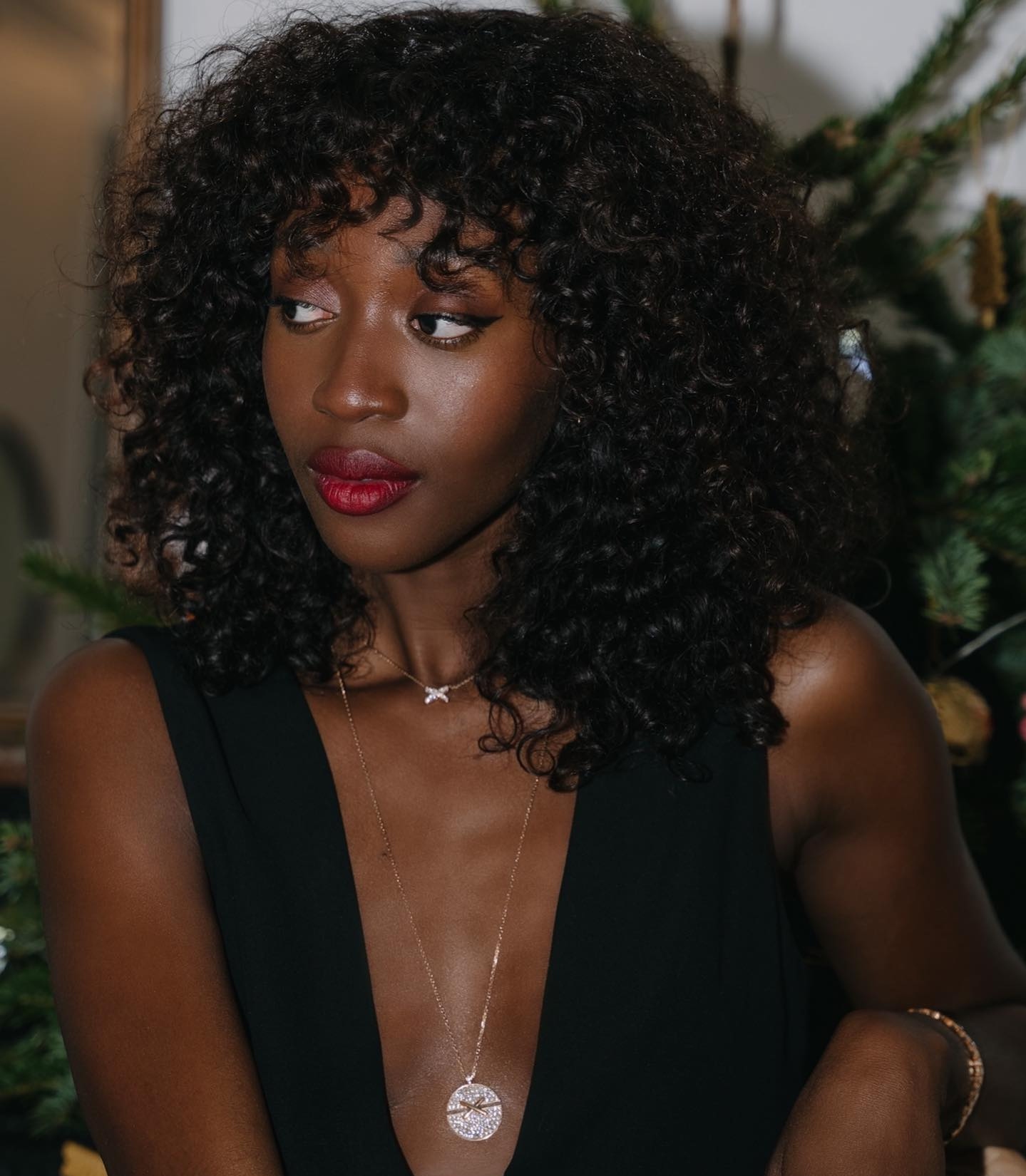
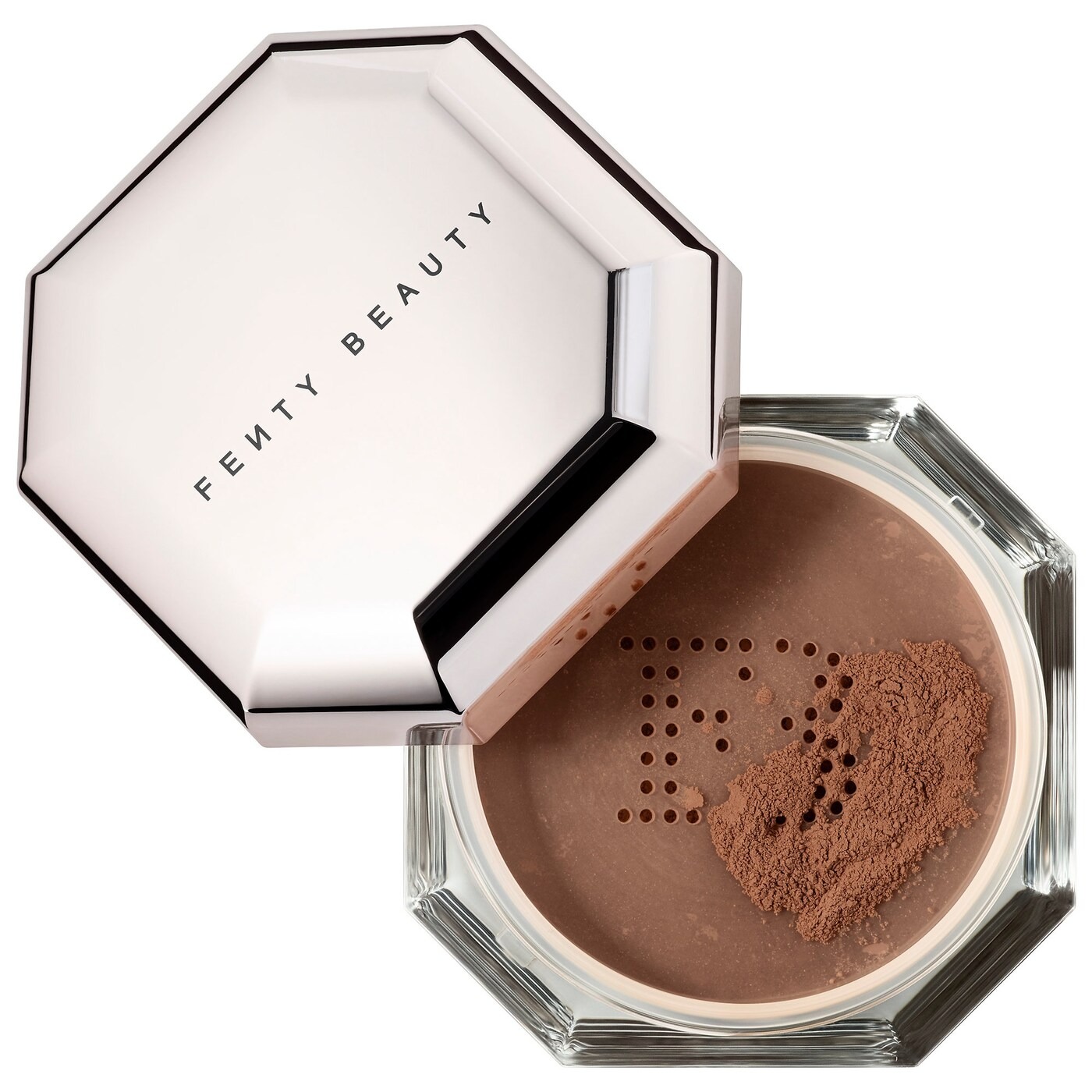
"The Fenty Beauty Pro Filt'r Instant Retouch Setting Powder provides a gorgeous finish to the skin and comes in beautiful deep shades." — Talias
Pros: Provides a filtered, photo-ready finish, comes in eight shades, great shades for darker skin tones
Cons: Contains talc and fragrance
Customer Review: "Leaves a nice smooth finish and lasts all night without creasing. Beautiful packaging and smells amazing."
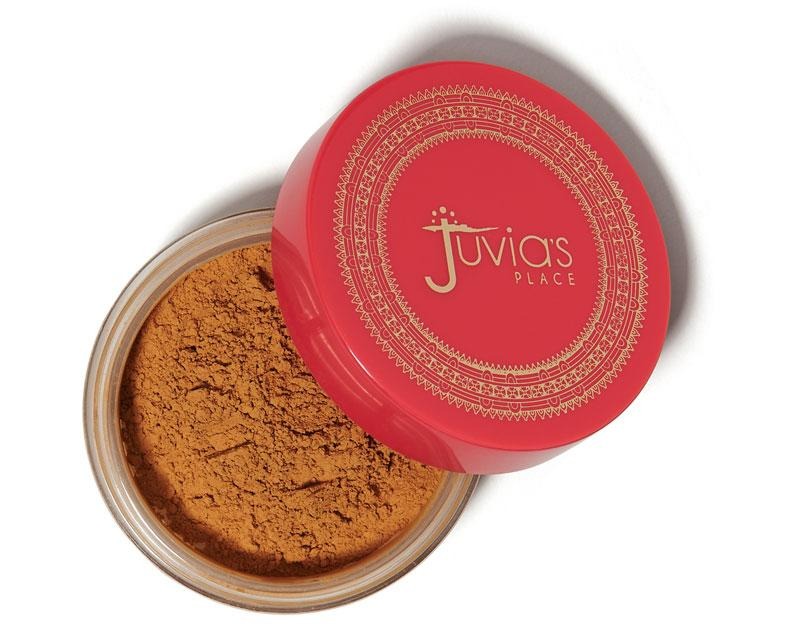
"I love the Juvia's Place loose setting powders for darker skin tones. They are rich in color in the best way possible and do not give off a gray or ashy undercast." — Kaye
Pros: Budget-friendly, can also be used to contour and highlight, highly pigmented
Cons: Contains talc
Customer Review: "One of [my] favorite finishing powders. Pigment and texture of the powder are great and [it] blends well with other Juvia products."
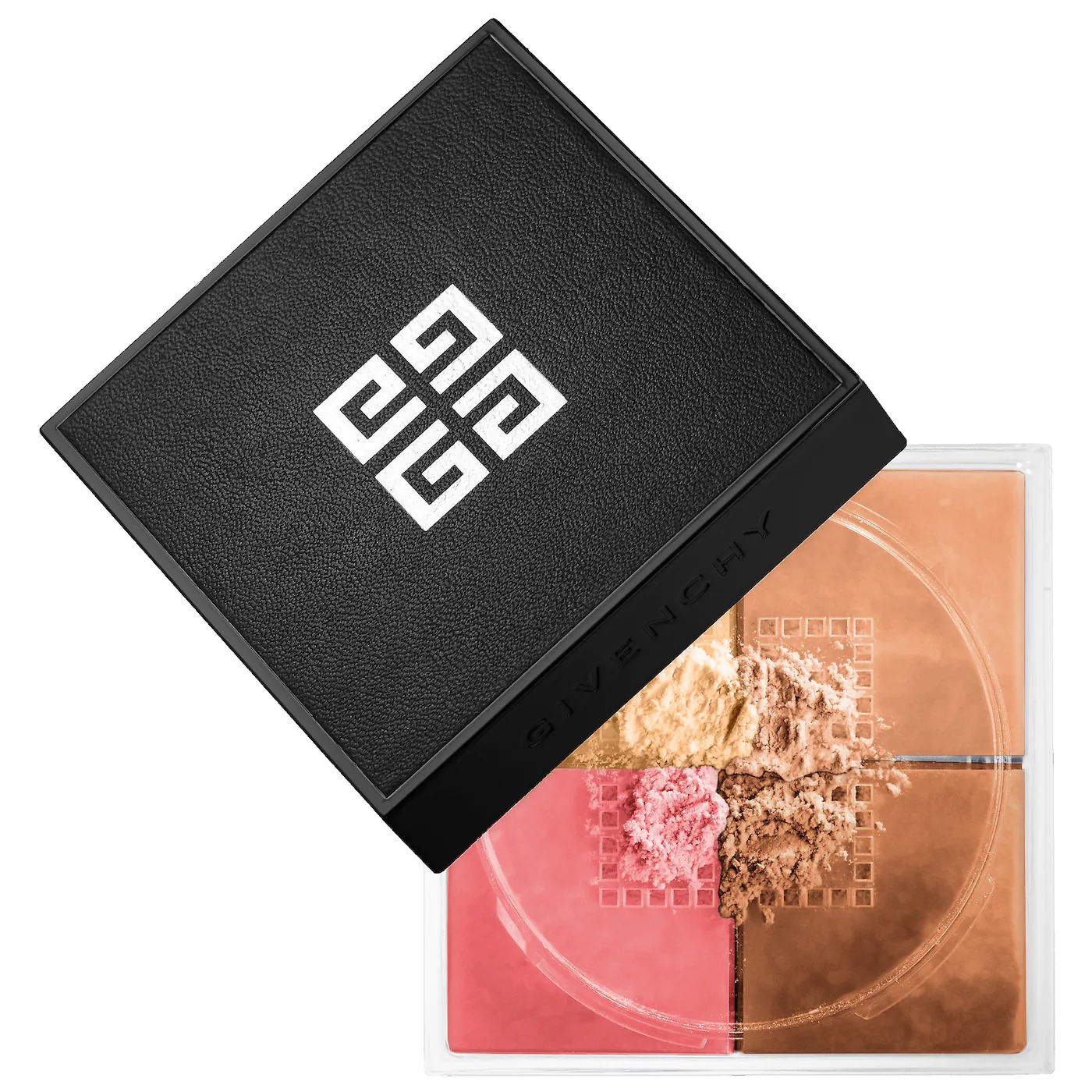
"My all-time favorite setting powder is Givenchy Prisme Libre because it is so finely milled and comes in a good range of colors for all skin tones." — Talias
Pros: Provides a matte finish, good color range to suit a variety of skin tones, weightless and transparent finish.
Cons: Expensive.
Customer Review: "For the price, I really wanted to have this be an overhyped item, but man, she's good! I've tried all the powders, and this is one of, if not the best. I'm combo/oily, and I even used it to set the face without dying."
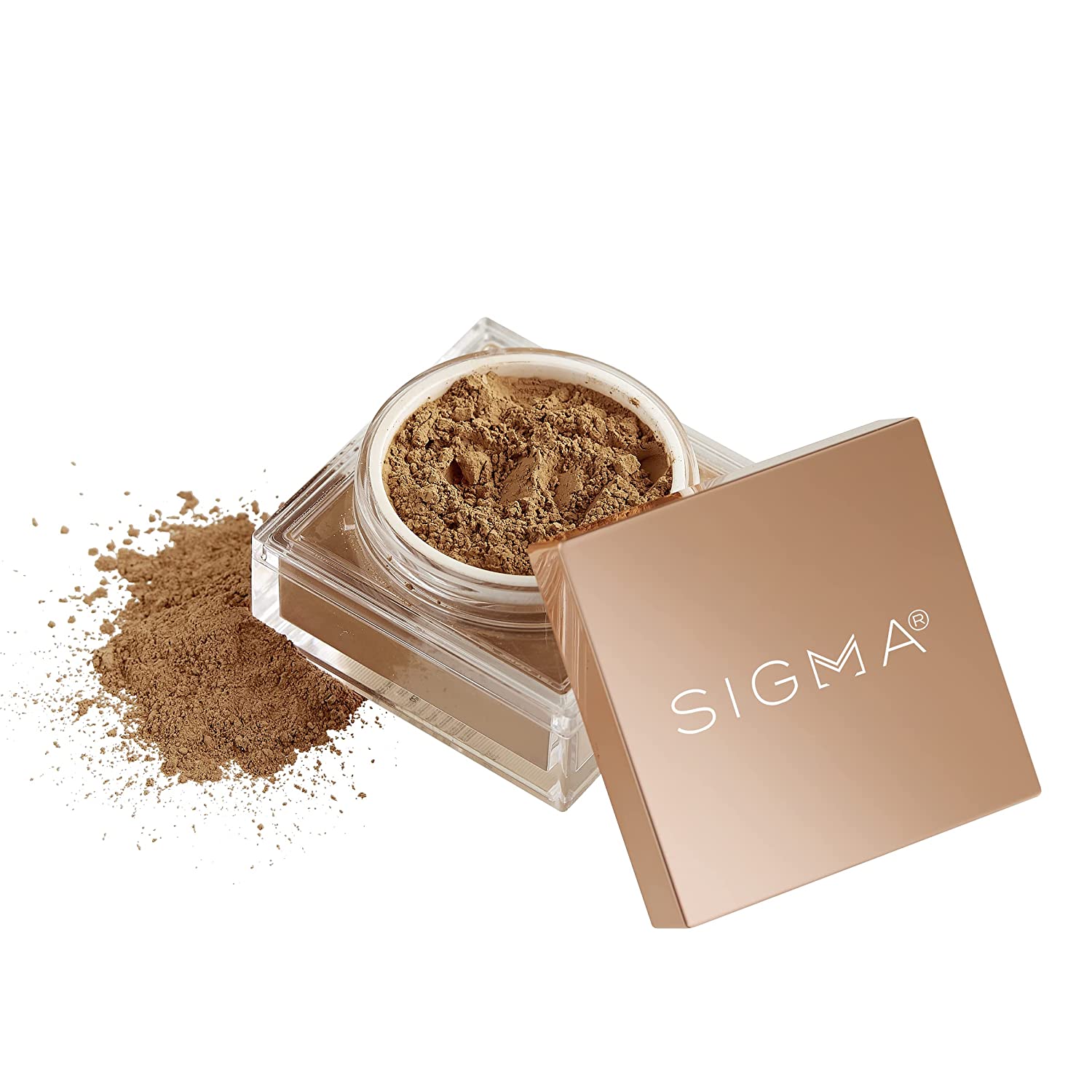
"My favorite [setting powders] are the Soft Focus Powders by Sigma Beauty. These powders are finely milled and come in many shades. My favorite for deeper skin tones would be Cinnamon or Honey!" — Gabbay
Pros: Provides a soft matte finish, blurs the appearance of pores and texture, and is enriched with hyaluronic acid for extra hydration.
Cons: Doesn't have the best longevity.
Customer Review: "Love! Blurring and serves as a great way to blend makeup for seamless coverage. I bought it in the lighter shade as well!"
What Is a Setting Powder?
If you're a total makeup novice, don't worry—celebrity makeup artists are here to explain exactly what a setting powder is and how it can be beneficial to your makeup routine. "A setting powder does exactly [what it sounds like]," says Gabbay. "It sets foundation into place and locks in your base for all-day wear. It also mattifies and blurs pores, leaving skin looking finished and perfected."
Talias also says it's a key player in creating that Instagram-ready look. "Setting powder is the secret to long-lasting makeup looks," she shares. "The right setting powder will give the perfect finish to the skin and keep makeup in place all day long." Kaye even adds that setting powder will really keep your cream products in place and keep them from creasing.
How to Choose a Setting Powder
Celebrity makeup artist Elizabeth Seropian has a few tips for choosing a setting powder. "Selecting the right setting powder involves considering your skin type and desired finish," she says.
- Oily skin: "For oily skin, look for oil-absorbing powders with ingredients like silica and rice powder," she says.
- Dry skin: She adds, "Dry skin benefits from hydrating powders containing ingredients like hyaluronic acid and glycerin."
- Sensitive skin: "Avoid powders with heavy fragrances or irritants if you have sensitive skin," Seropian notes. "Testing a small amount and observing how it reacts to your skin throughout the day can help you find the perfect match."
How Do You Apply Setting Powder?
Every makeup artist I consulted agreed that the best way to apply powder is with a powder puff or a small/medium powder brush. "After applying and blending all your wet products, such as foundation, concealer, and cream contour, make sure there are no creases. Then gently pat the setting powder into the skin," Talias explains. "My favorite way to apply setting powder is with a triangle powder puff."
A few more tips from Gabbay:
- "If you're looking for a light set, try using a small, tapered dome brush and dust powder just in the center of the face. Think center of the forehead, under the eyes, and chin. This technique will leave skin looking as natural as possible, leaving the outer parts of the face dewy," she says.
- "If you tend to get shinier throughout the day and want to lock in your foundation, use a powder puff. This will give you the most coverage and prevent shine from peeking through," she adds.
- "Work your setting powder into your puff, tapping any excess on the back of your hand. Push the powder into the skin in a patting motion, making sure to never drag or pull as it will disturb the product underneath."
Try:
Is pressed setting powder or loose setting powder better?
It's ultimately up to personal preference! Loose powders are typically better at blurring pores and setting cream products, while pressed powders are great for finishing touches. Pressed options tend to be best for setting more delicate areas like the under-eyes, as loose powder can potentially settle into any fine lines. Pressed powders are generally better for on-the-go touch-ups too; loose powder can get pretty messy without a steady hand.
What is the difference between translucent powder and setting powder?
Both options help mattify the skin, but setting powders typically come in a few different shades. Translucent powders, on the other hand, work across all skin tones. "Translucent powders work universally, while tinted ones can help with additional coverage," says Seropian.
Is setting powder or mist better?
One isn't exactly better than the other. Setting powders are wonderful for keeping makeup in place, while "a setting spray is a mist that encapsulates the makeup on the skin," makeup artist Tomy Rivero previously told Who What Wear. It's ultimately up to you, and you can totally use both in the same makeup routine if you please. Simply give your face a spritz, powder the areas where you accrue the most shine (likely in the T-zone), and then apply another layer of setting spray to cement the powder. Voilà!
This article was originally published at an earlier date and has since been updated.
Shawna Hudson is a beauty, wellness, lifestyle, and travel writer with over 10 years of experience. She graduated from California State University, Fullerton, with a degree in journalism and has written for other publications such as Bustle, The Zoe Report, Byrdie, Elite Daily, and more. She is currently a beauty writer at Who What Wear and hopes to continue feeding her (completely out-of-control) beauty obsession as long as she can. Stay up to date on her latest finds on Instagram @shawnasimonee.
-
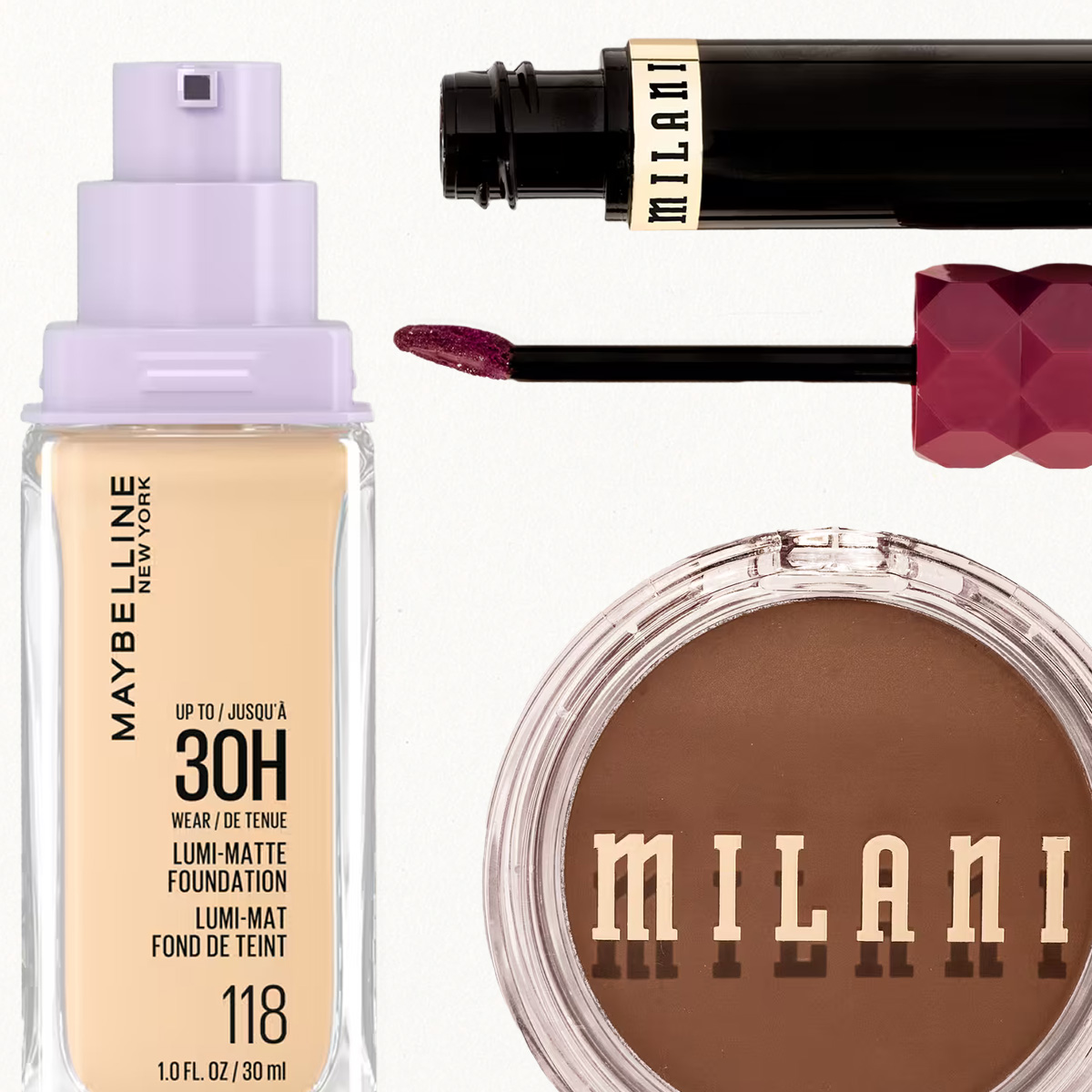 Alexa Demie's Makeup Artist Says These $16-or-Less Drugstore Products Are Staples in Her Pro Kit
Alexa Demie's Makeup Artist Says These $16-or-Less Drugstore Products Are Staples in Her Pro KitFrom a velvety foundation to a $4 eyelash curler.
-
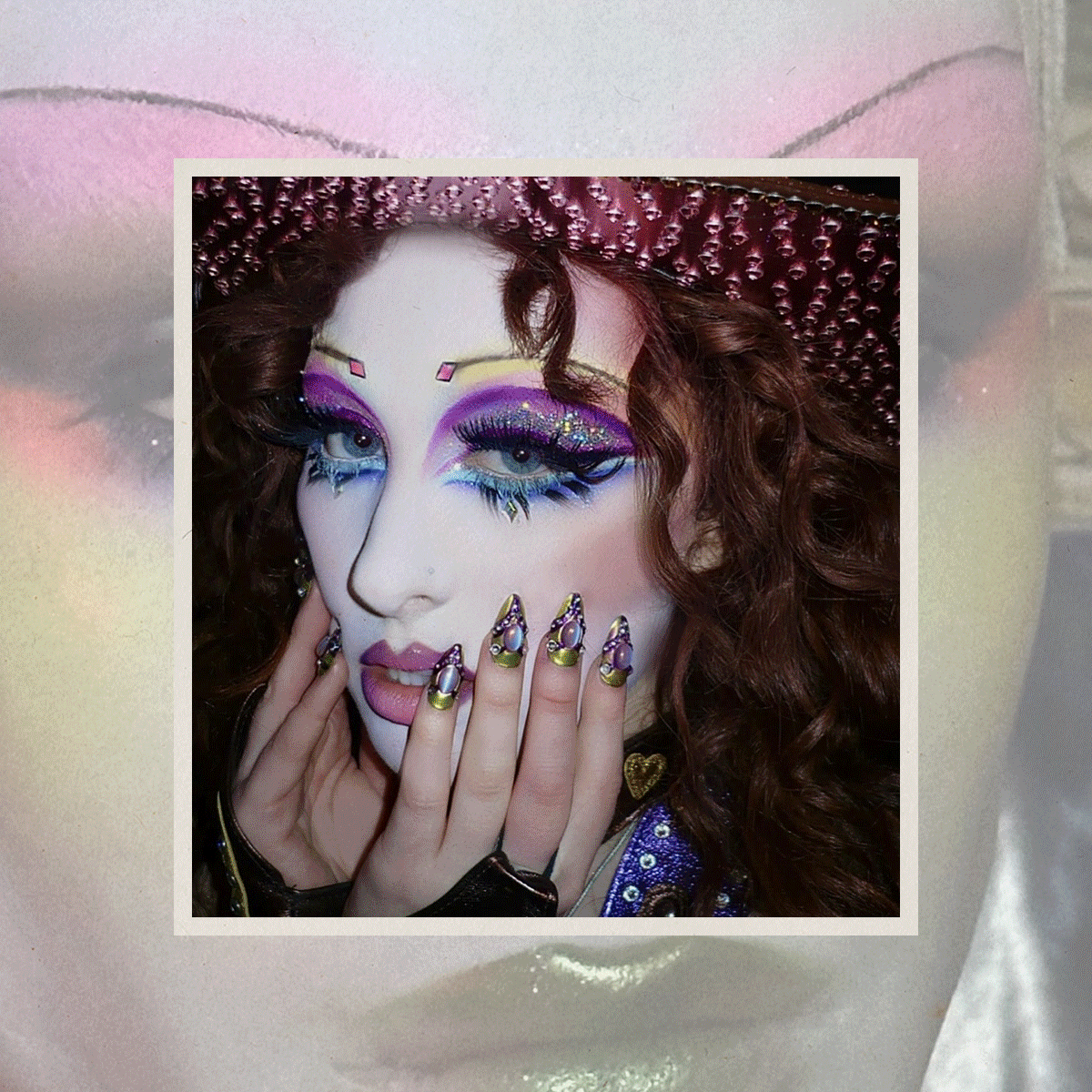 Inside the Wacky, Wonderful, Whimsical World of Andrew Dahling, Chappell Roan's Makeup Artist
Inside the Wacky, Wonderful, Whimsical World of Andrew Dahling, Chappell Roan's Makeup Artist"I have visions of grandeur."
-
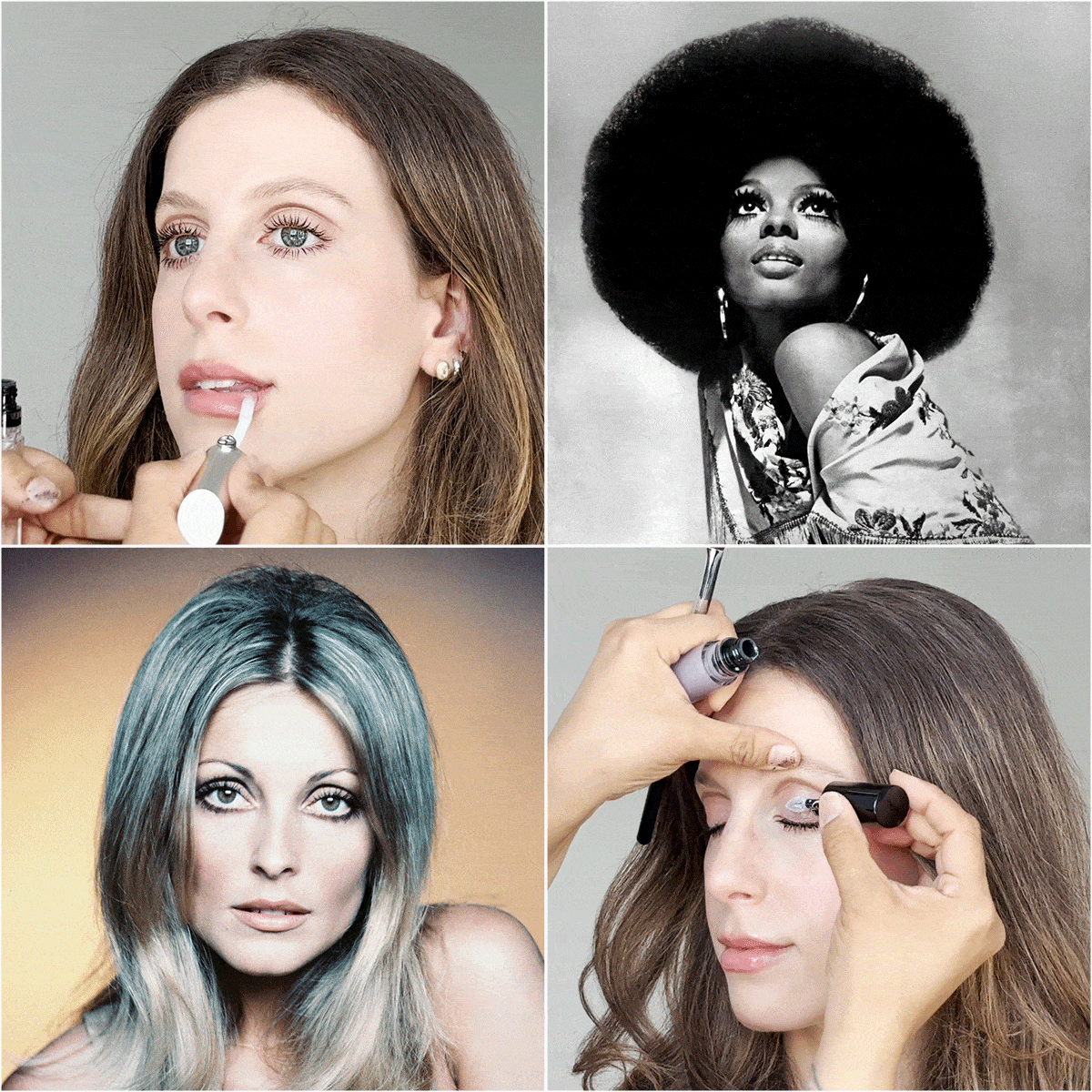 Doe-Eyed '70s Makeup Has Never Been "Out," But a Celeb MUA Taught Us How to Upgrade It for 2025
Doe-Eyed '70s Makeup Has Never Been "Out," But a Celeb MUA Taught Us How to Upgrade It for 2025Groovy, baby.
-
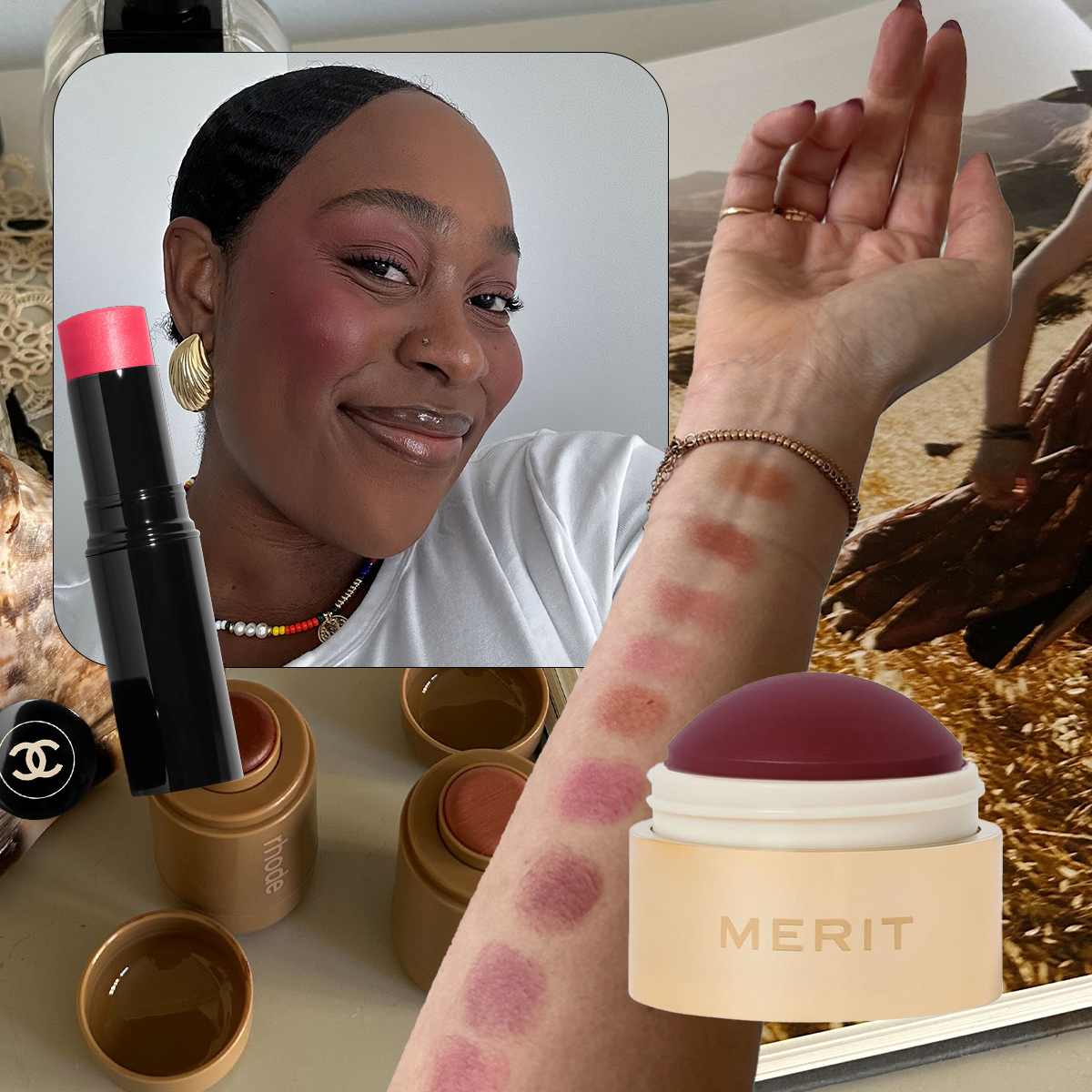 From Rhode to Chanel—10 Blush Sticks You Need for a Breezy Rom-Com Flush
From Rhode to Chanel—10 Blush Sticks You Need for a Breezy Rom-Com FlushObsessed is an understatement.
-
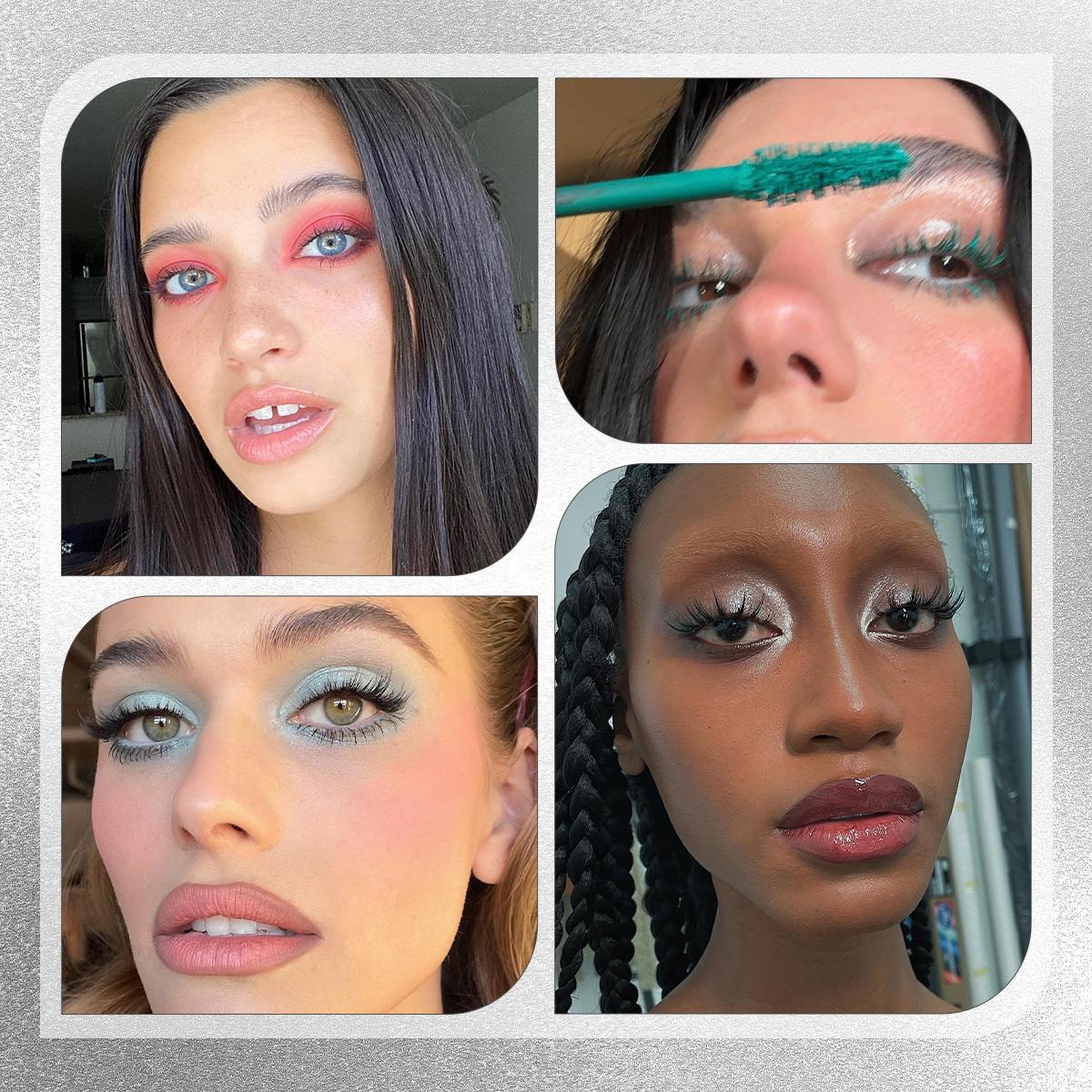 Frosty Silver, Baby Blue, and Cherry Red—Cool-Toned Makeup Is the (Unexpected) Star of the Summer
Frosty Silver, Baby Blue, and Cherry Red—Cool-Toned Makeup Is the (Unexpected) Star of the SummerMajor makeup inspo ahead.
-
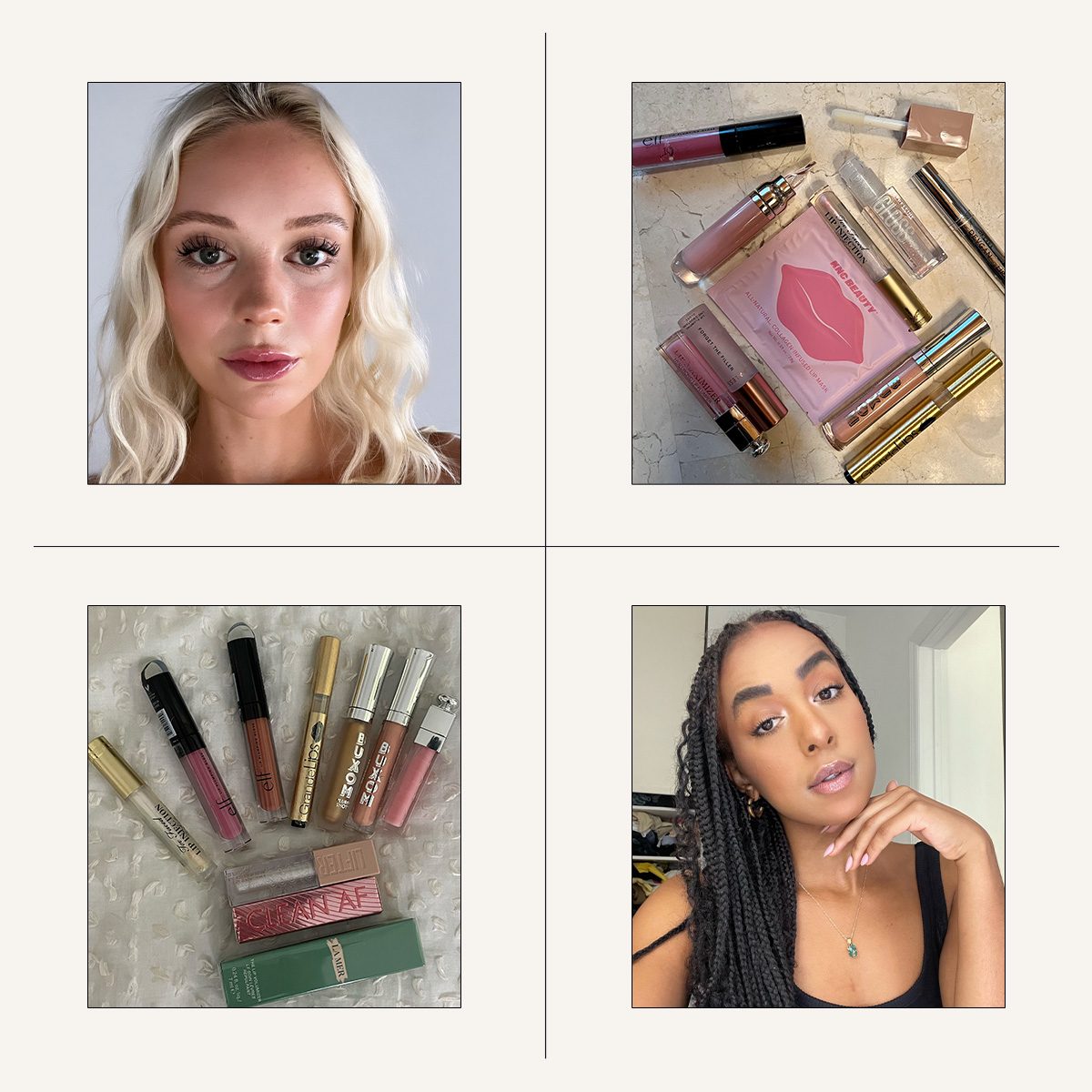 WWW Reviewed: We Tested the 10 Best Lip Plumpers so You Don't Have To
WWW Reviewed: We Tested the 10 Best Lip Plumpers so You Don't Have ToWe test; you trust.
-
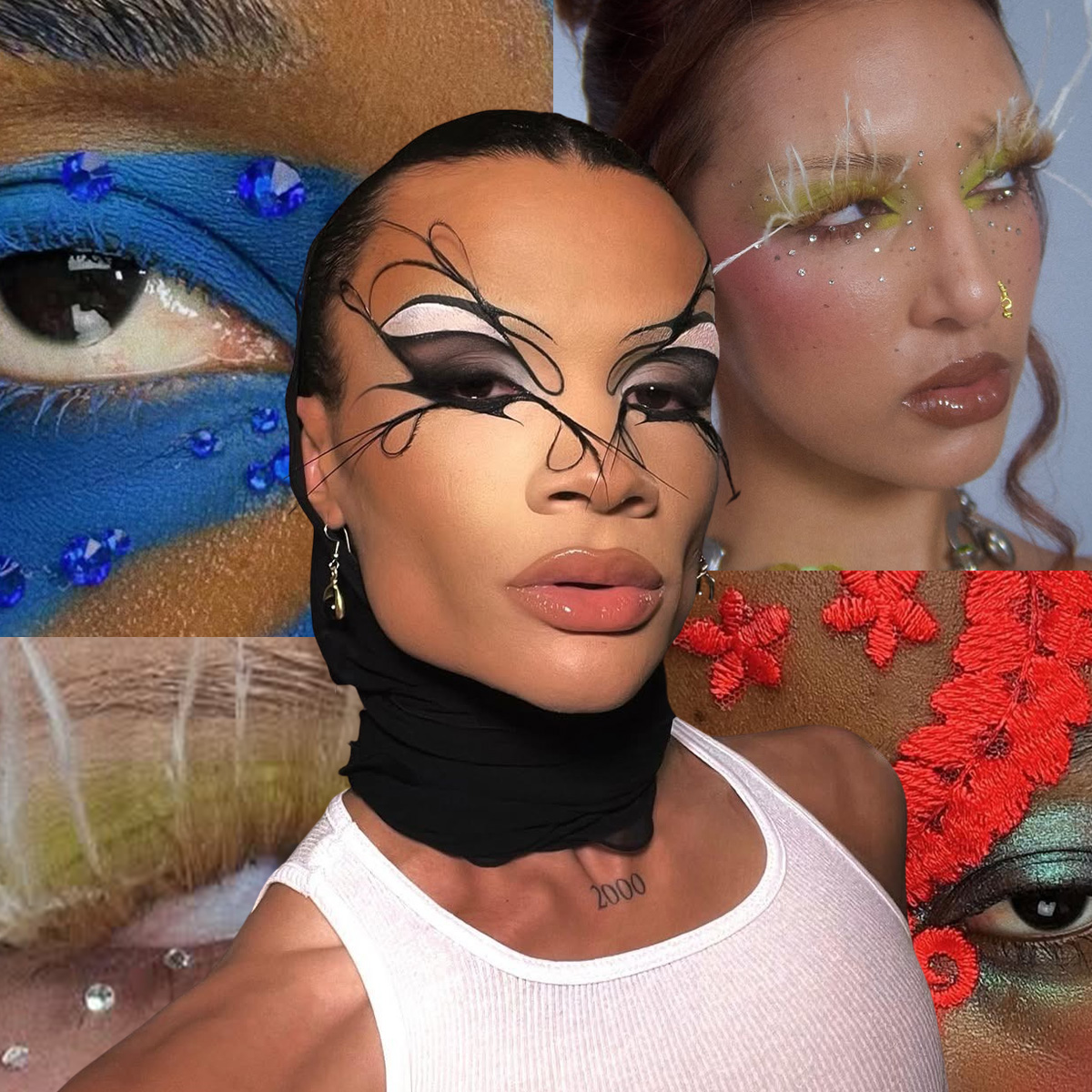 I've Been Inspired By Maximalist MUAs for Years—3 Pros You Should Have Been Following Yesterday
I've Been Inspired By Maximalist MUAs for Years—3 Pros You Should Have Been Following YesterdayPutting the "art" in makeup artist.
-
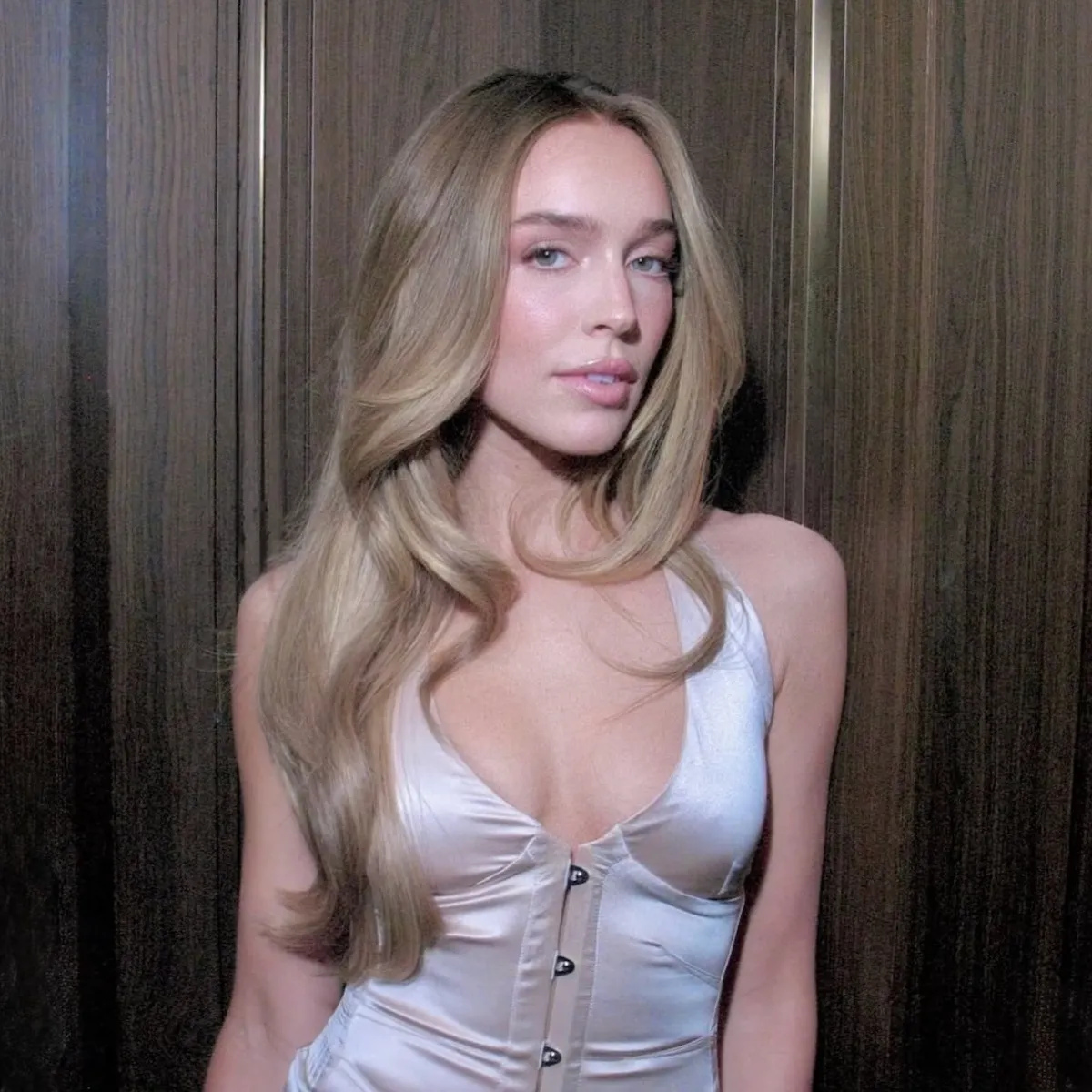 Alex Cooper Looked Like a Champagne Angel on the Red Carpet—Here's Every Makeup Product She Wore
Alex Cooper Looked Like a Champagne Angel on the Red Carpet—Here's Every Makeup Product She WoreAn exclusive interview with her makeup artist.
